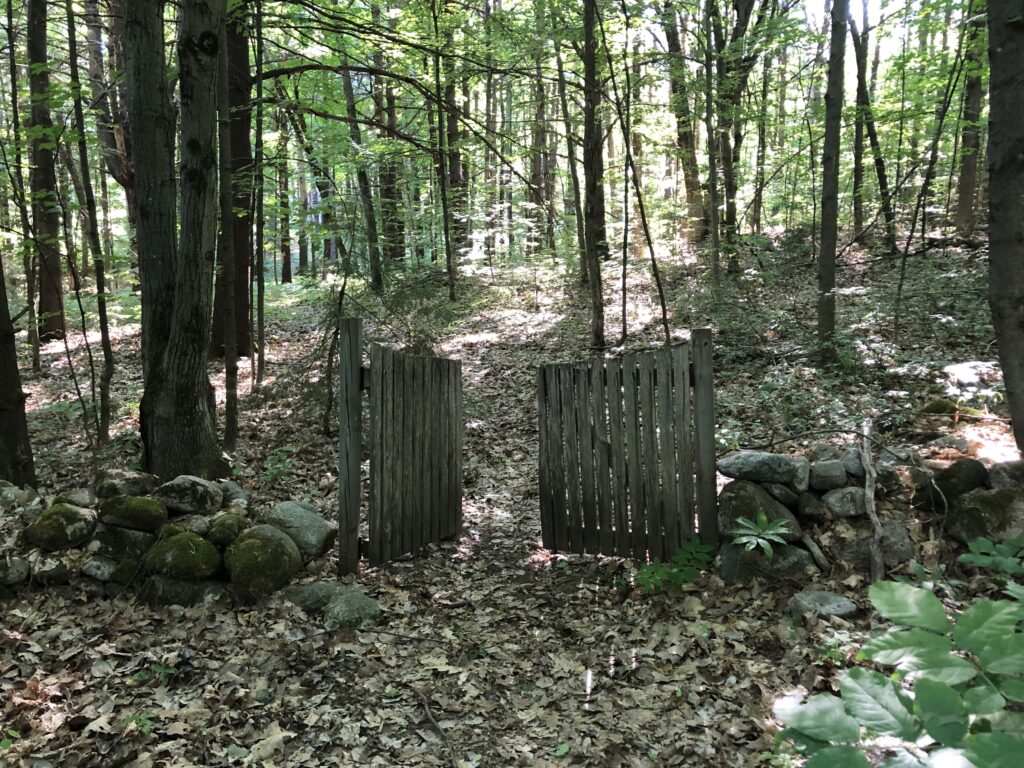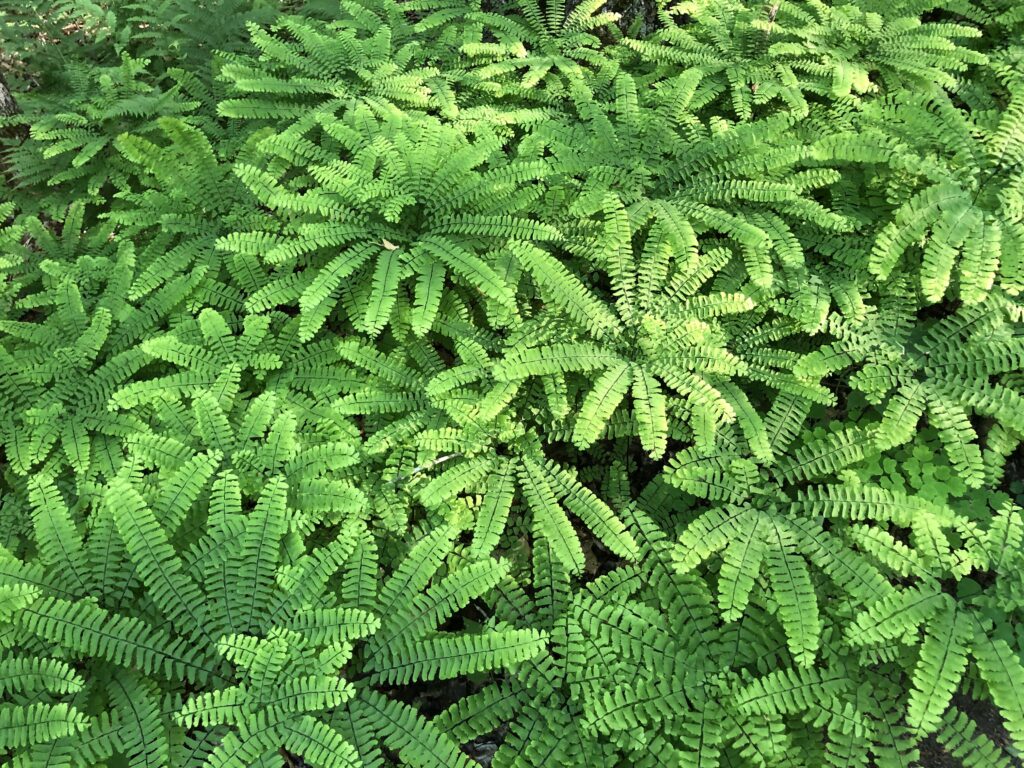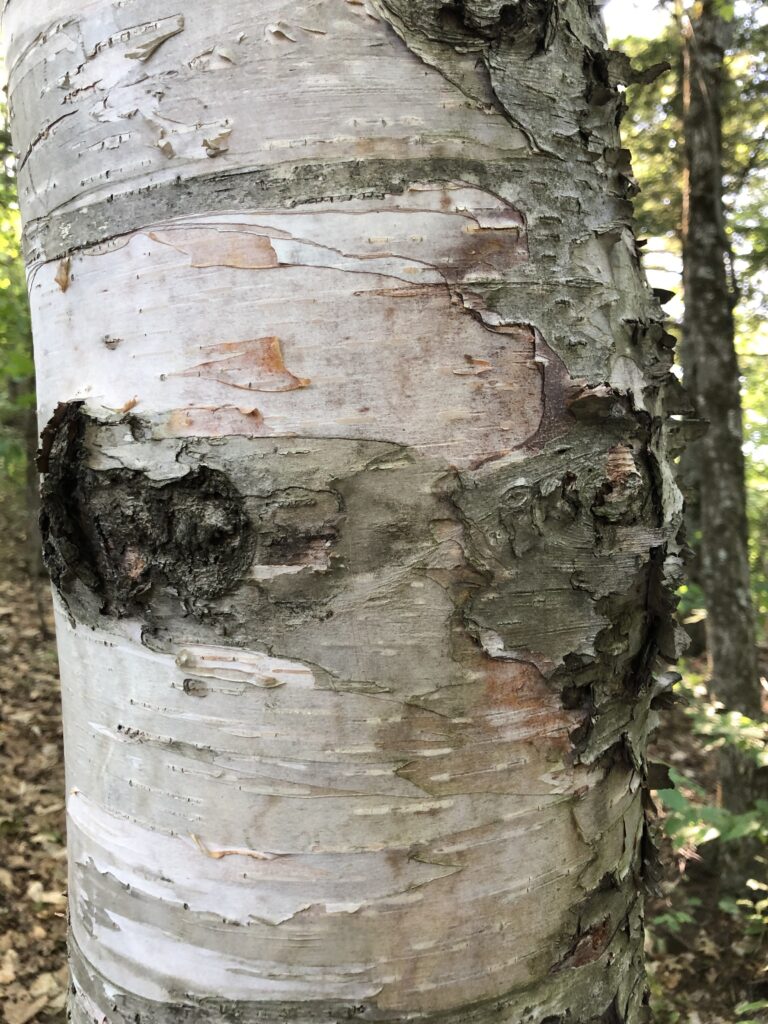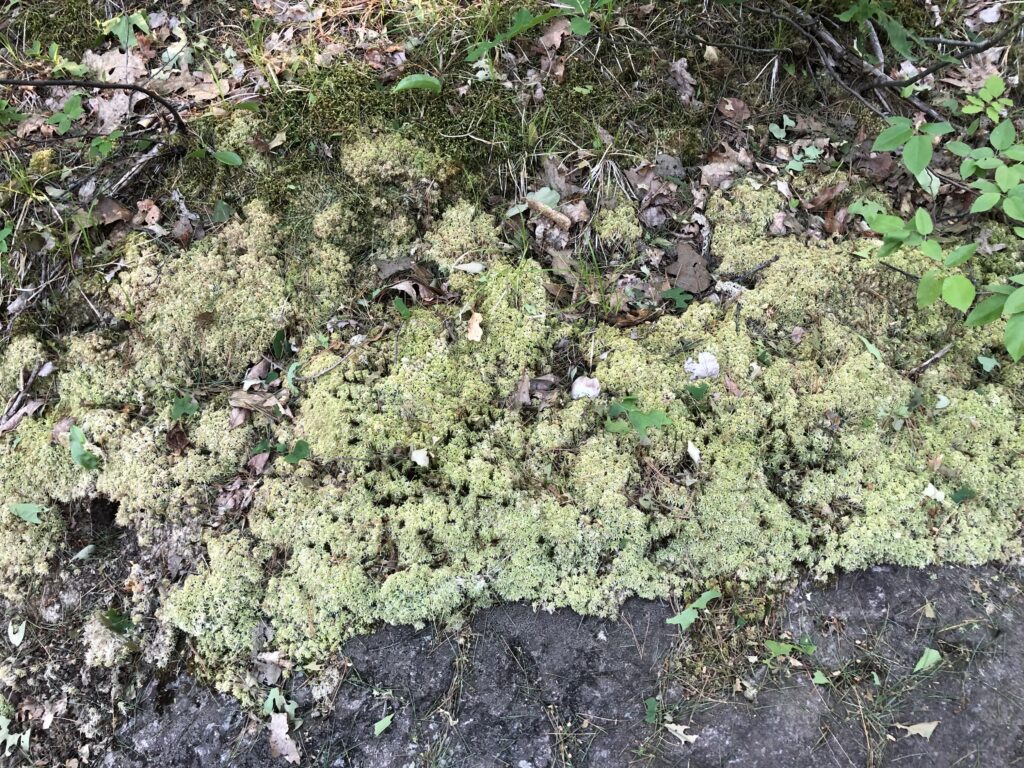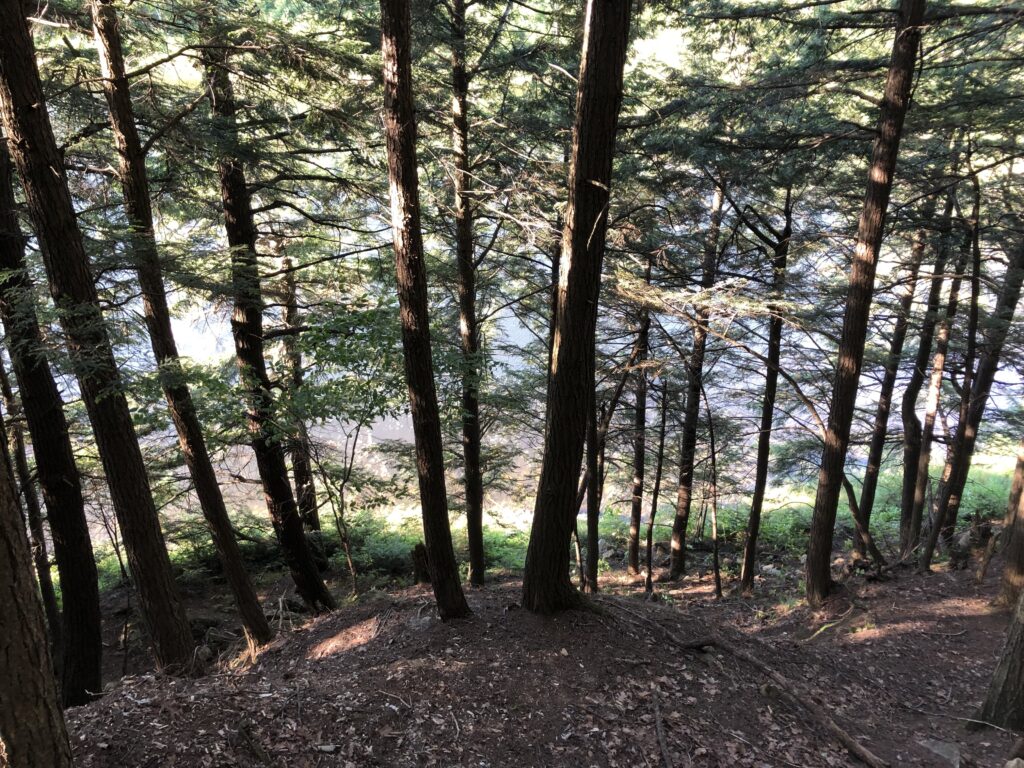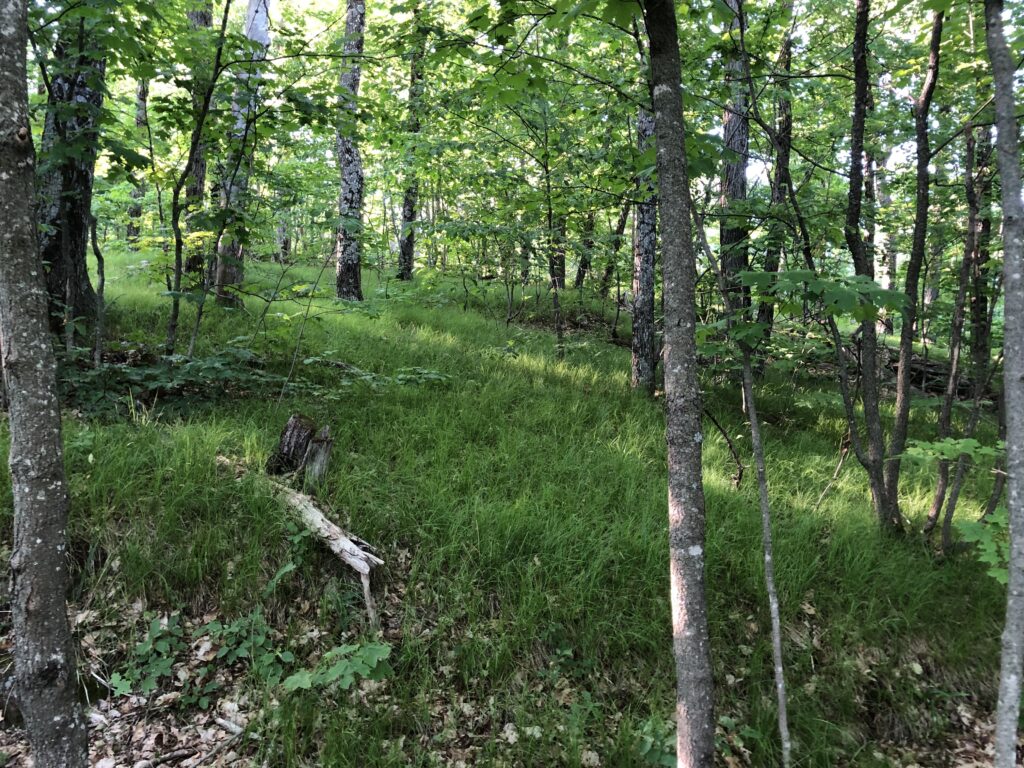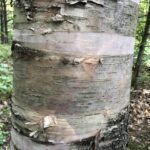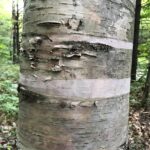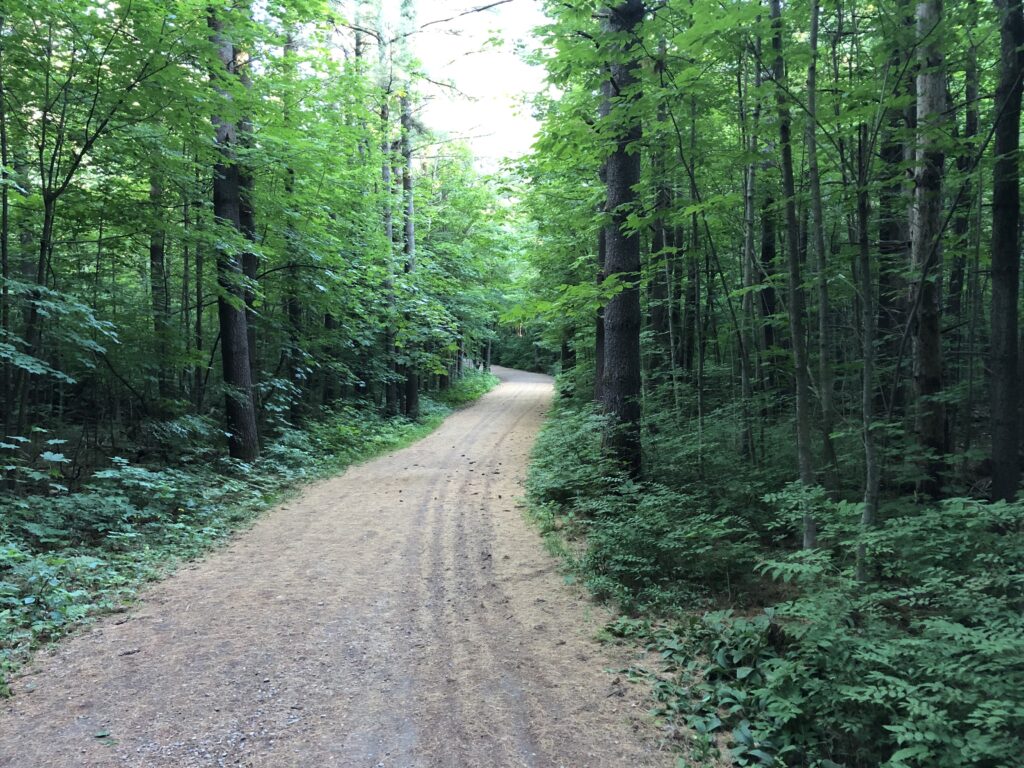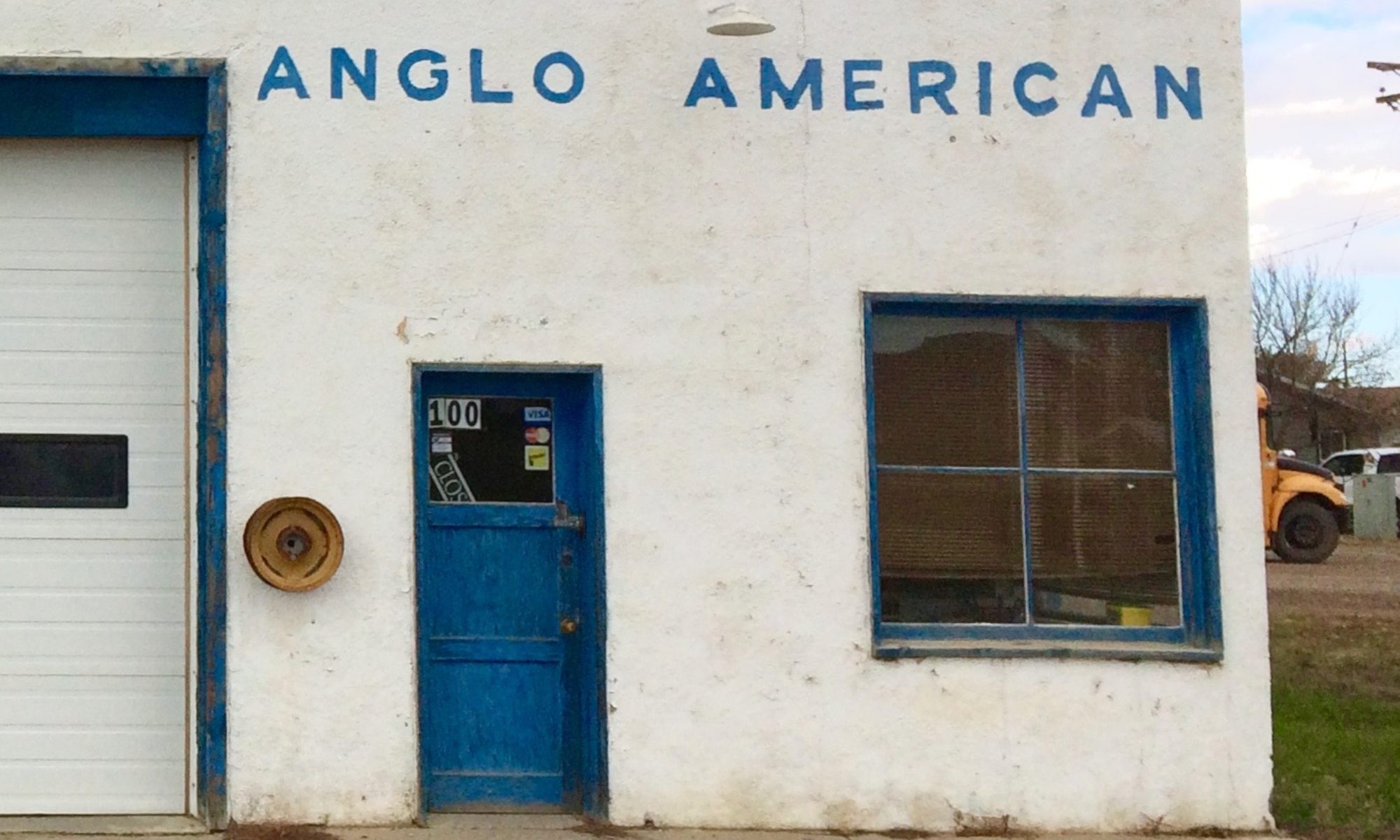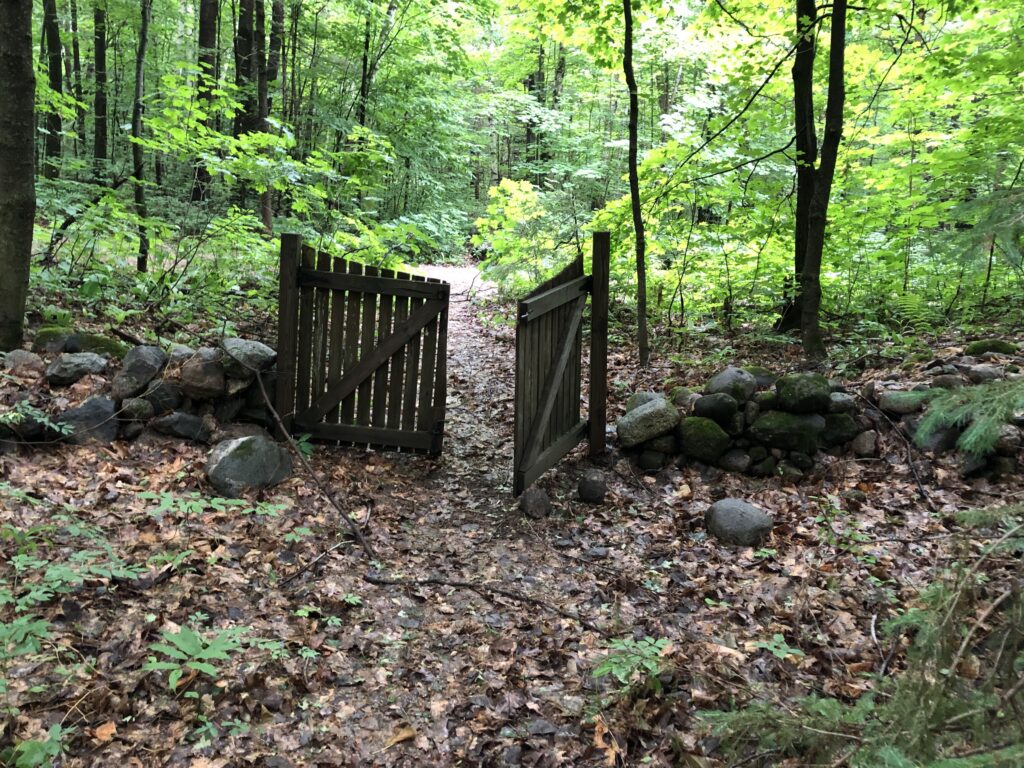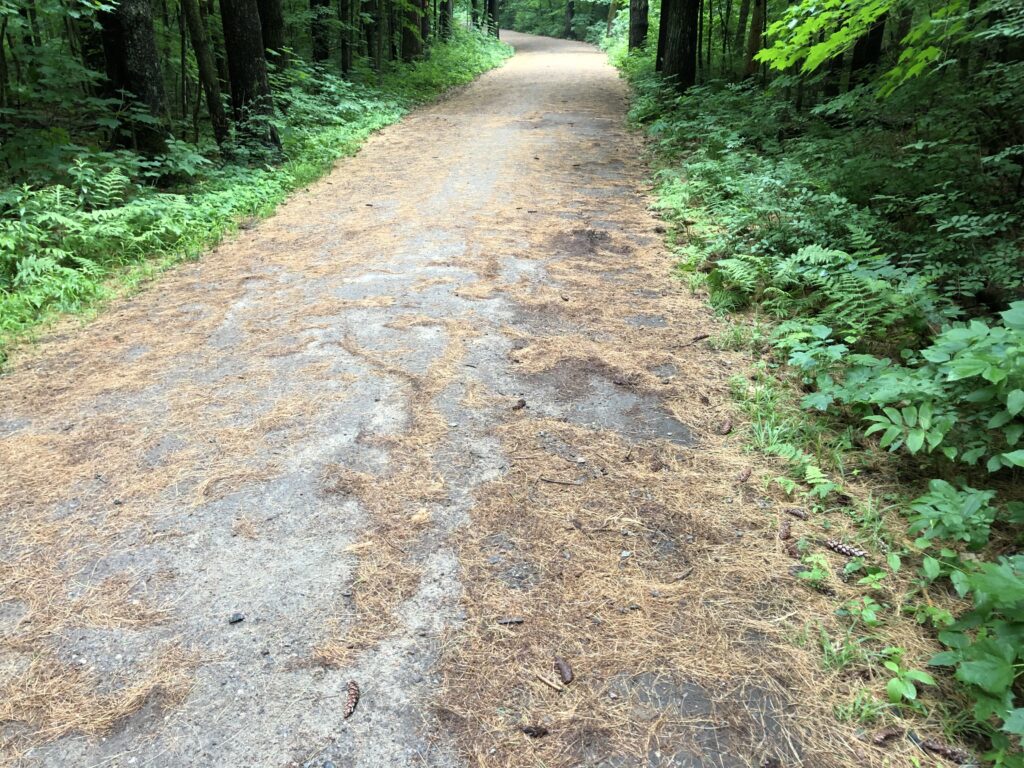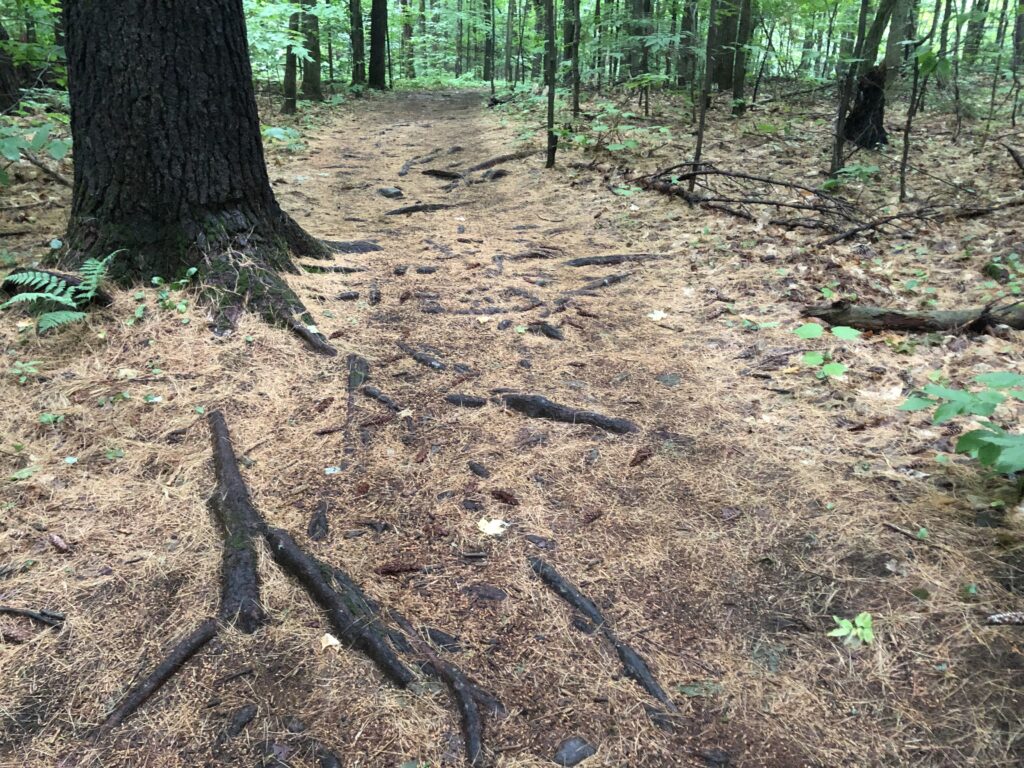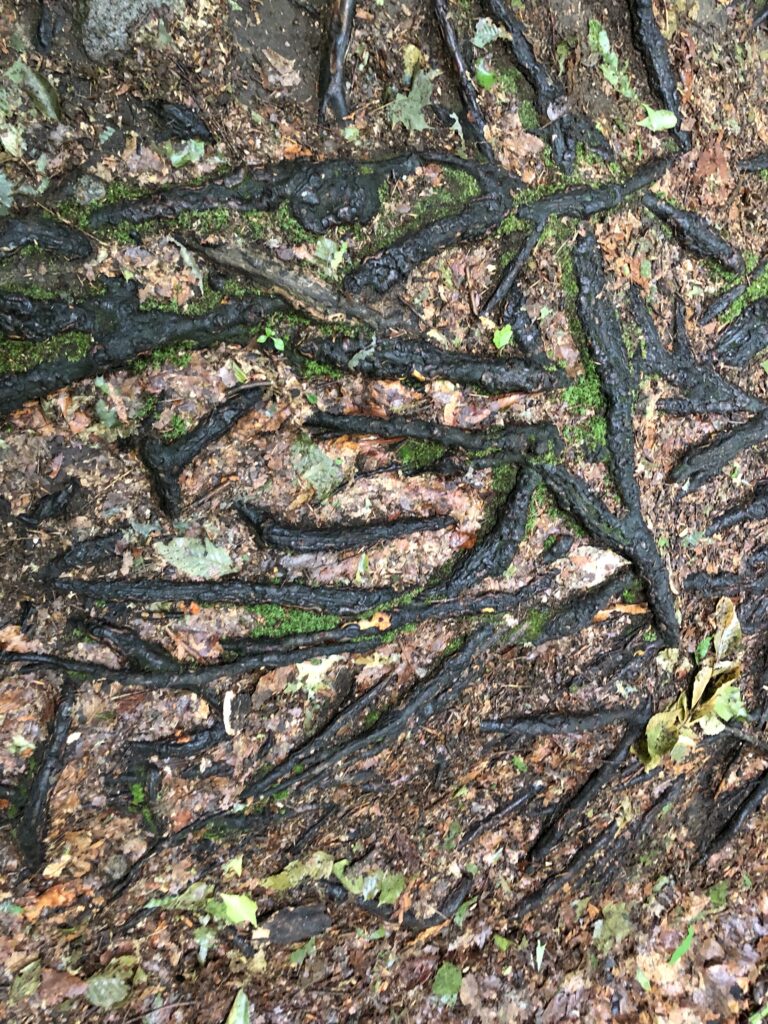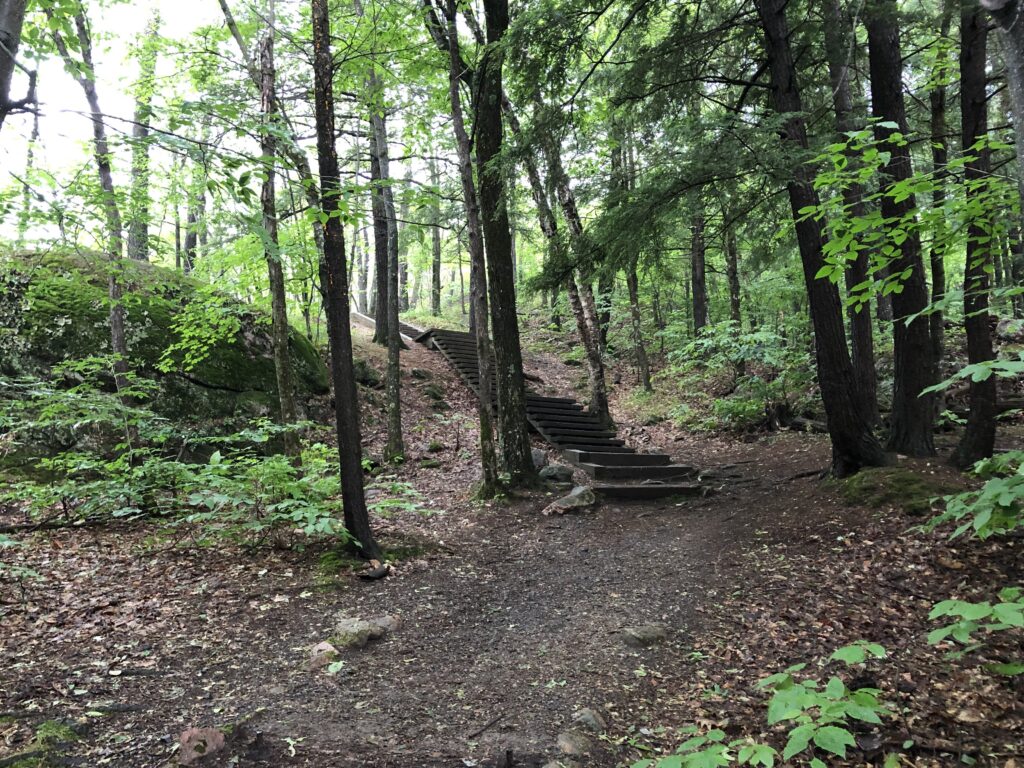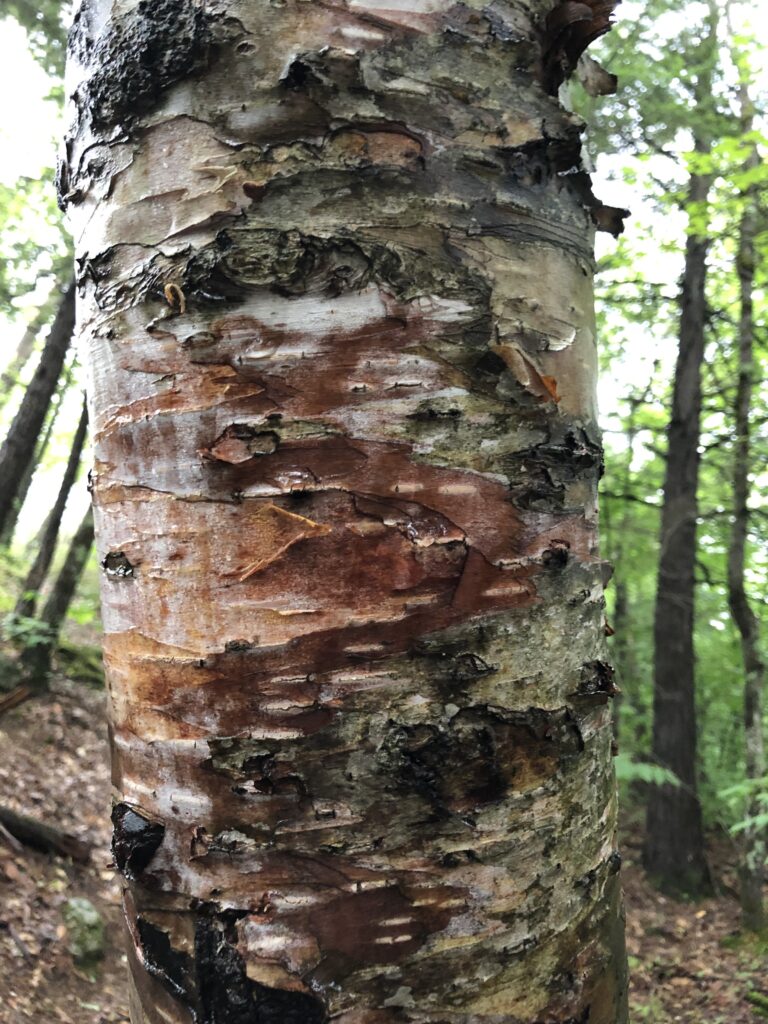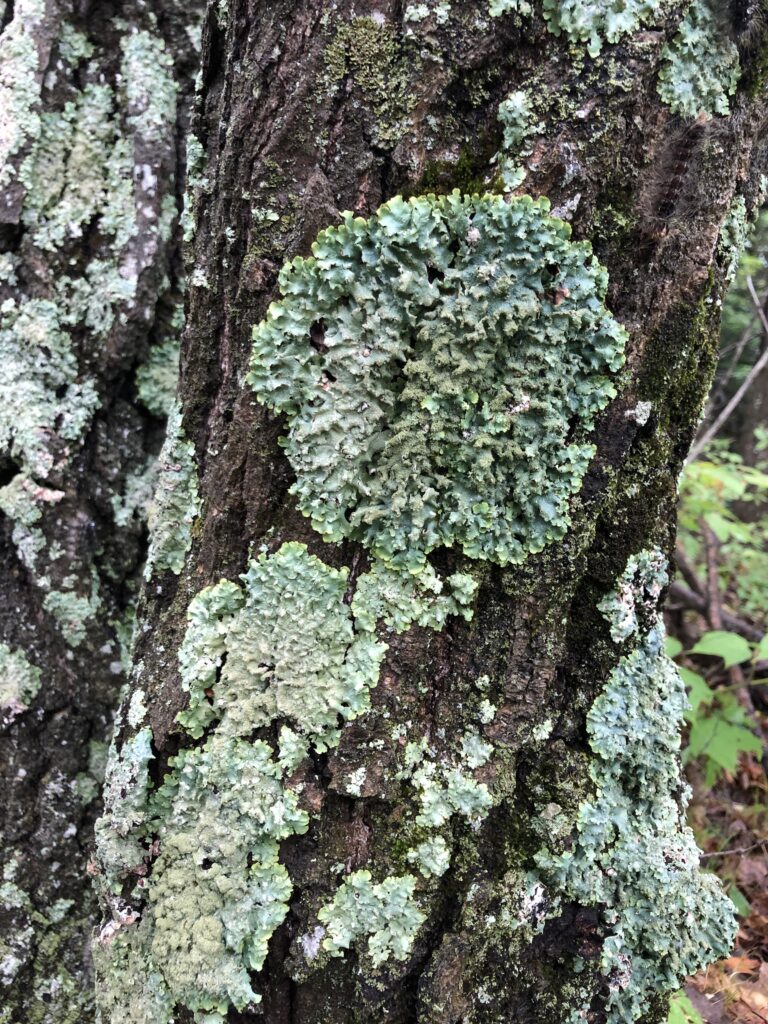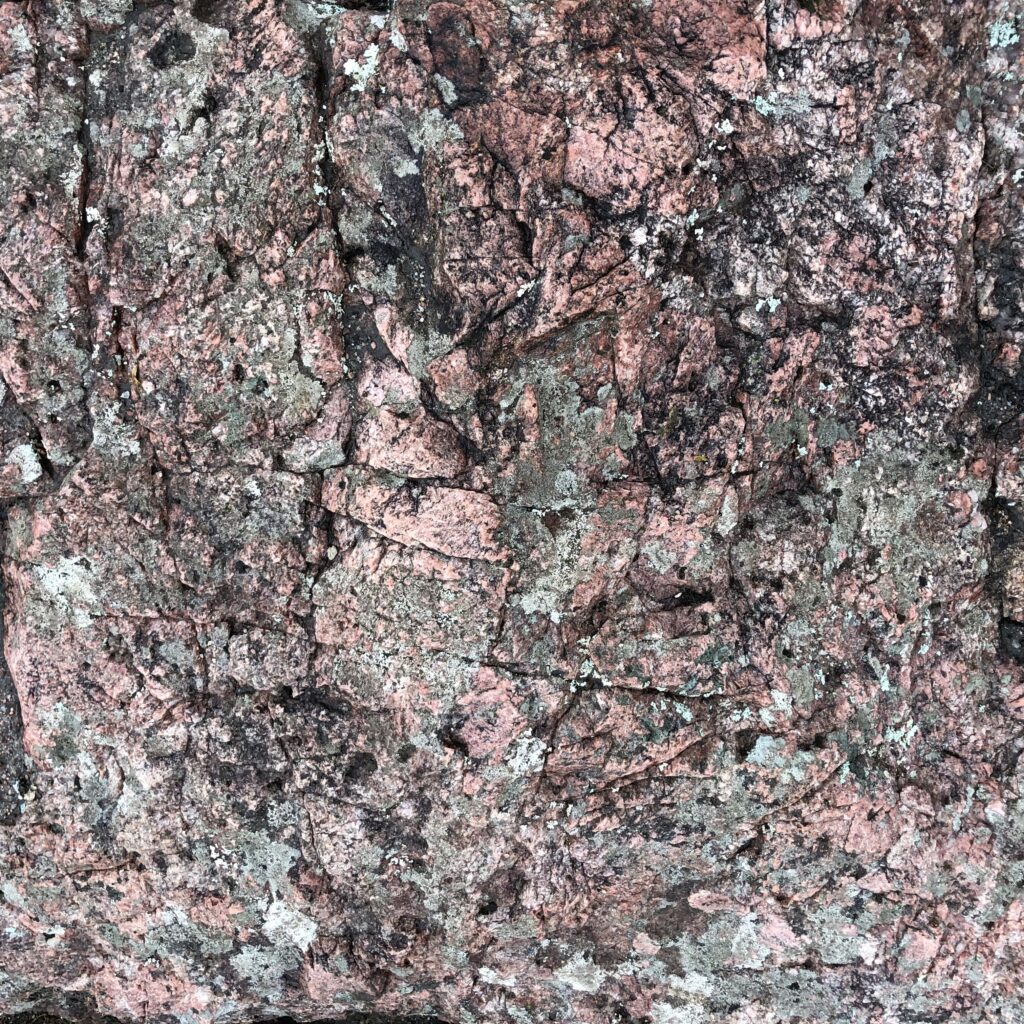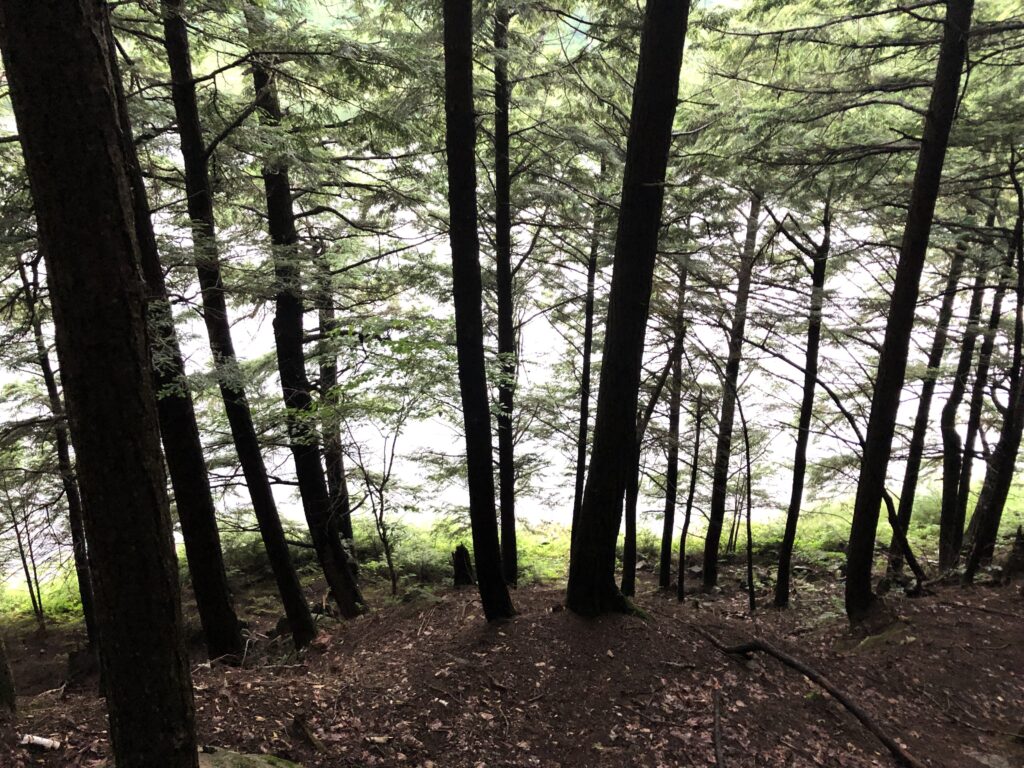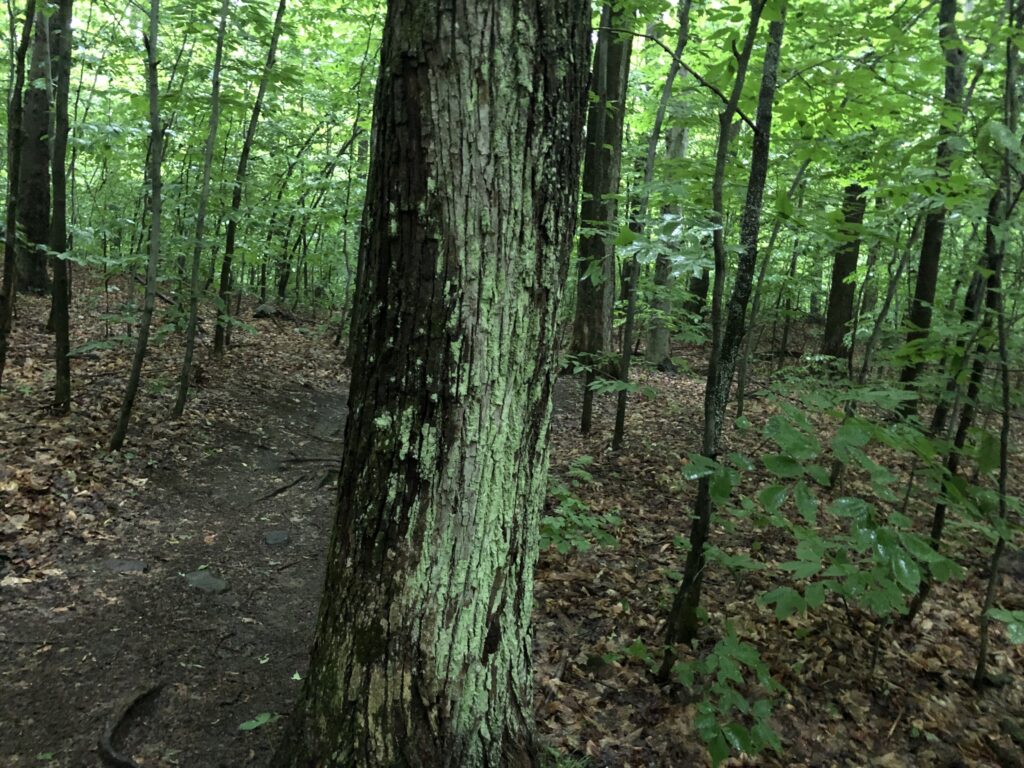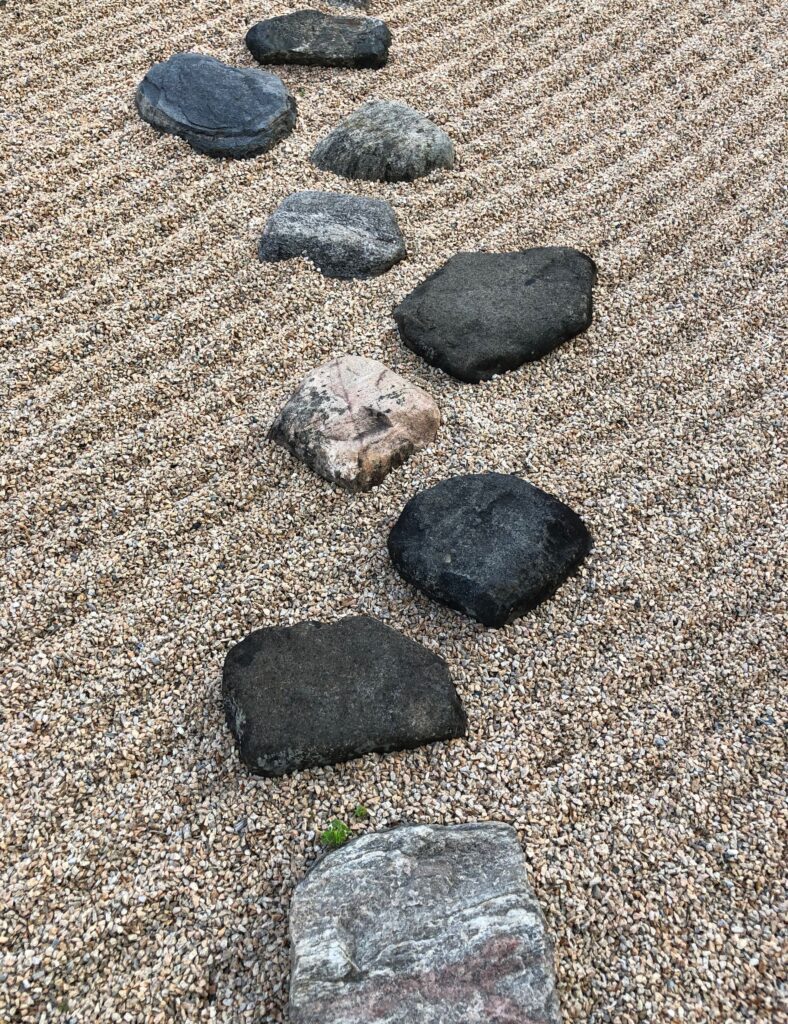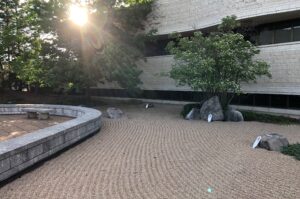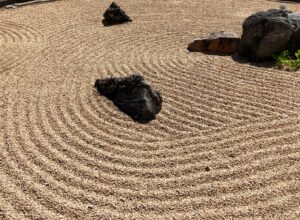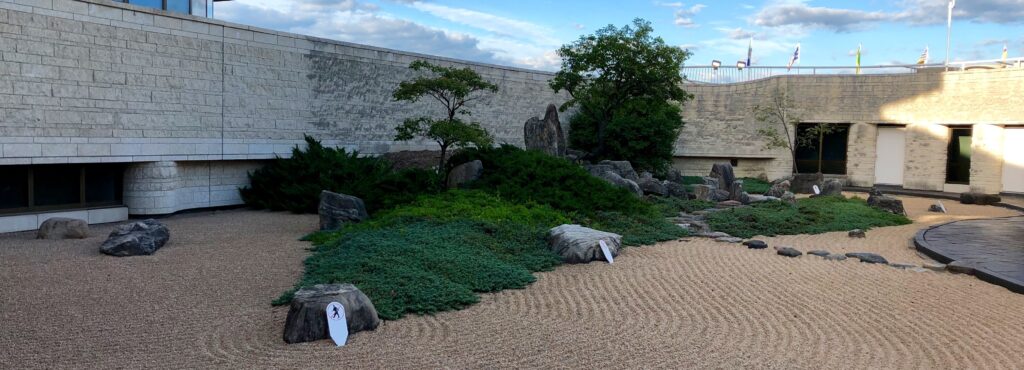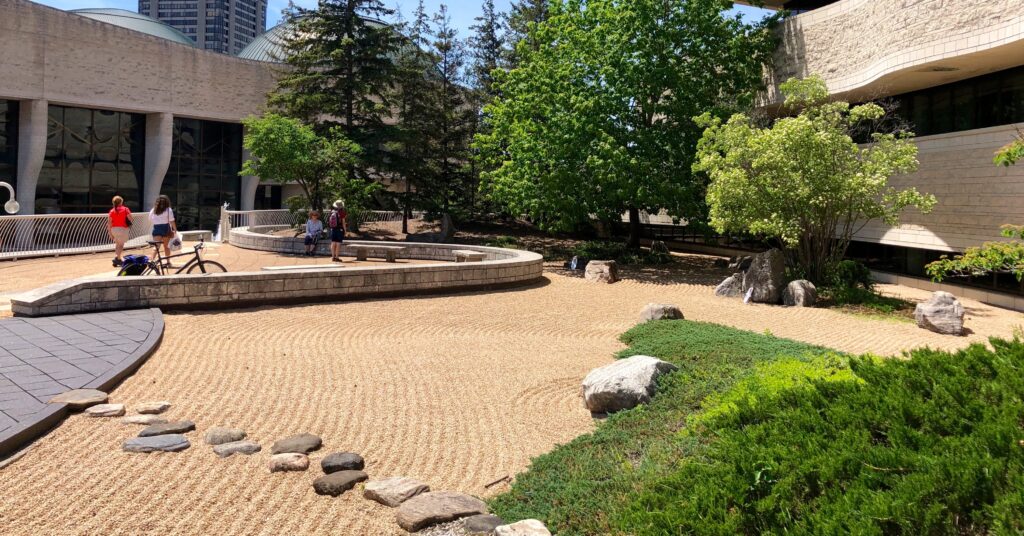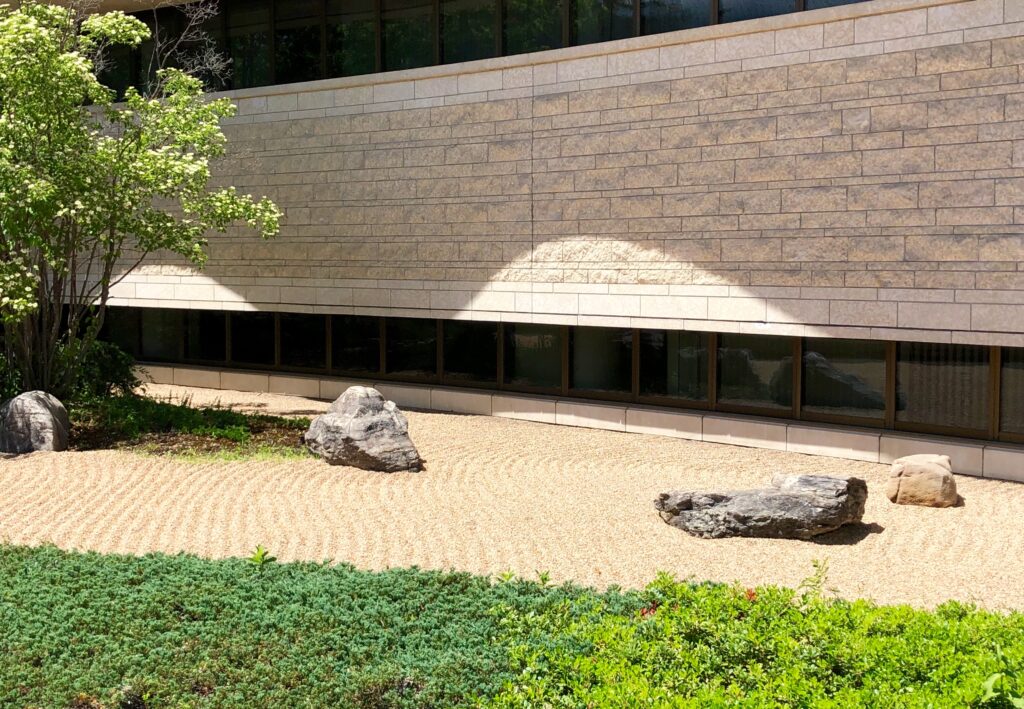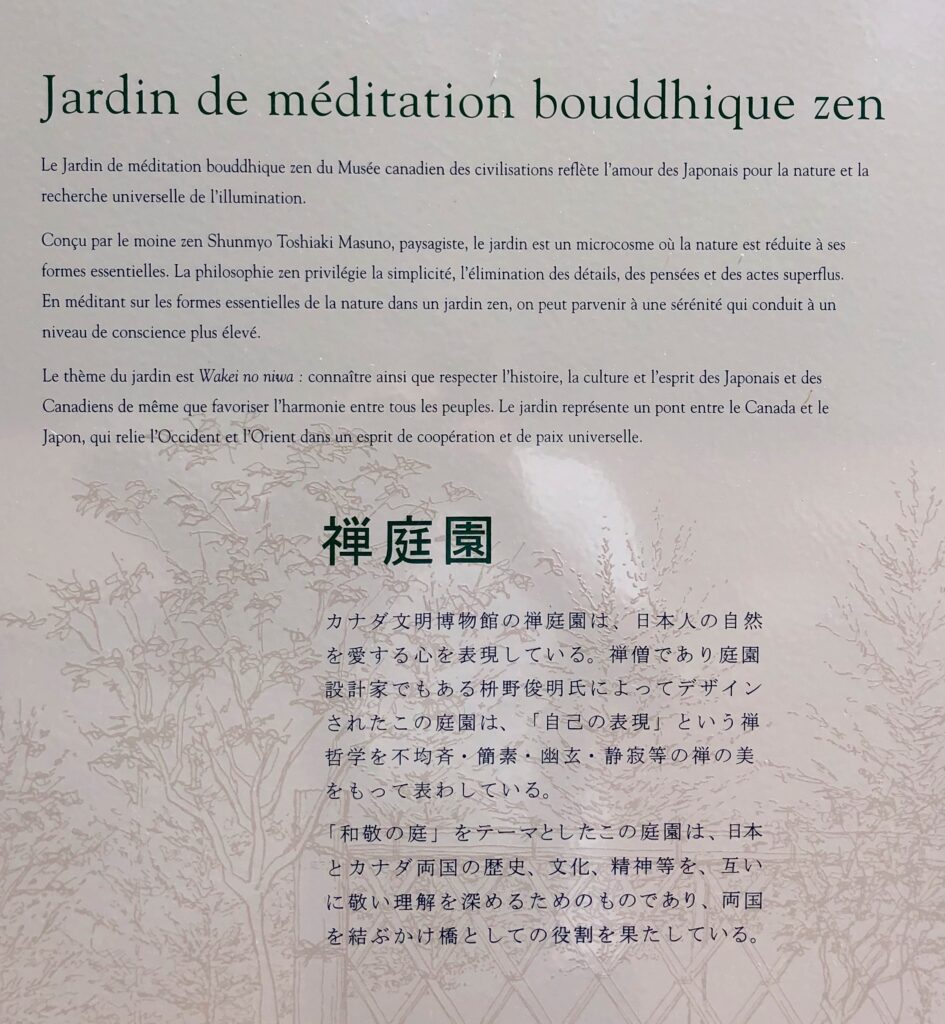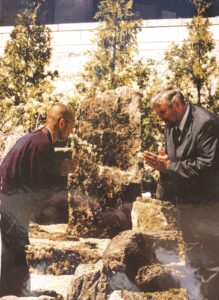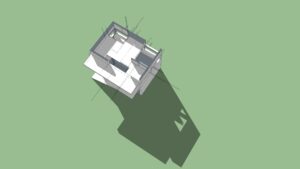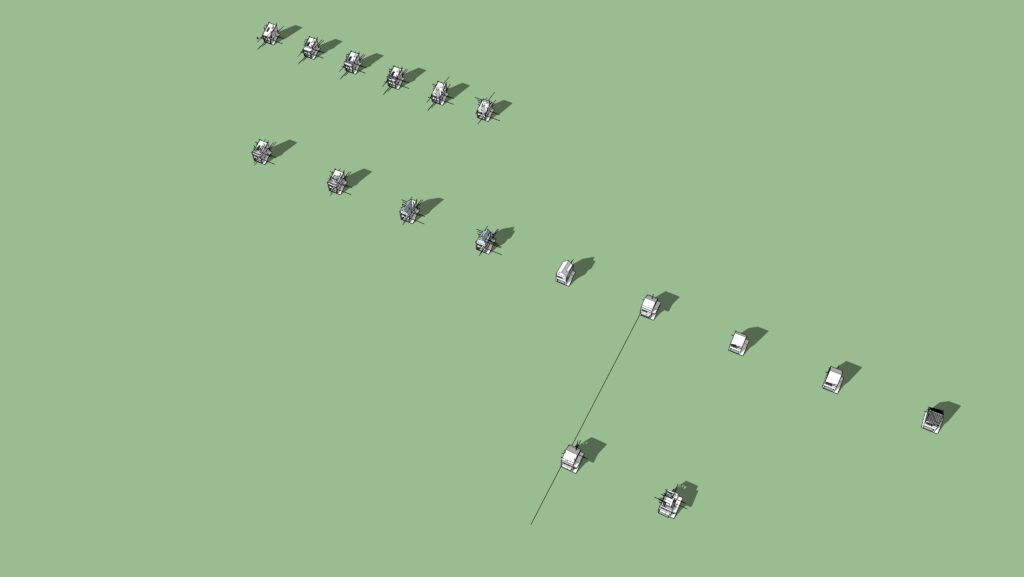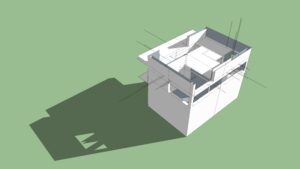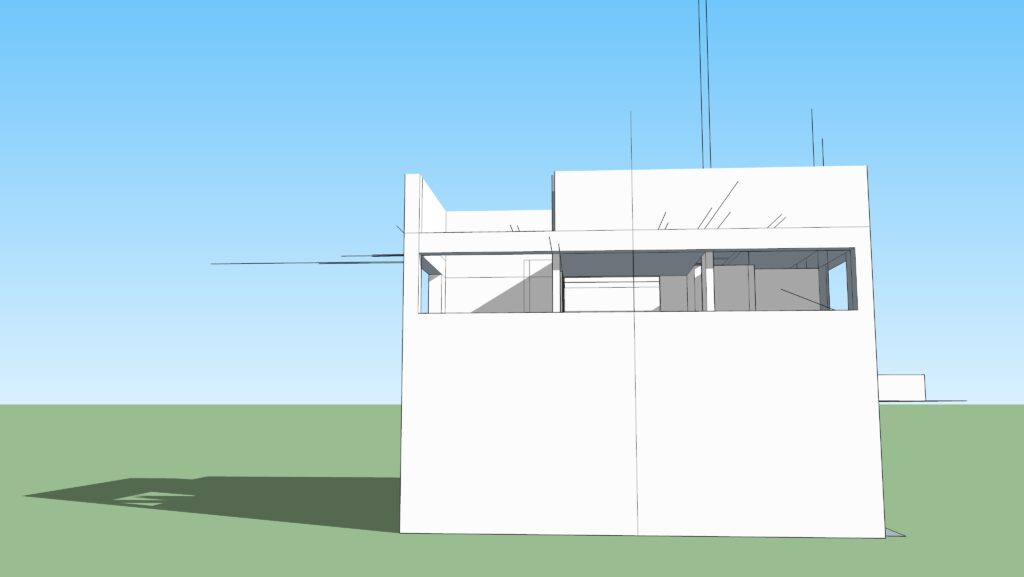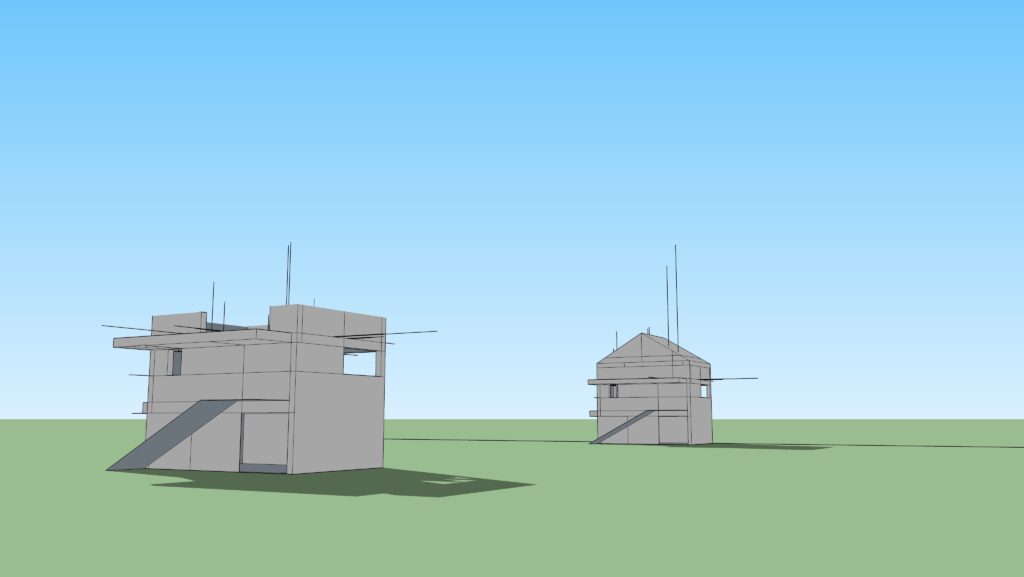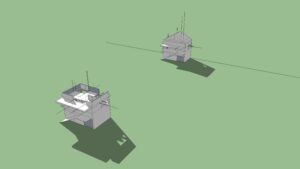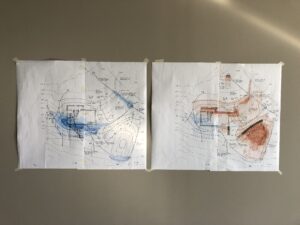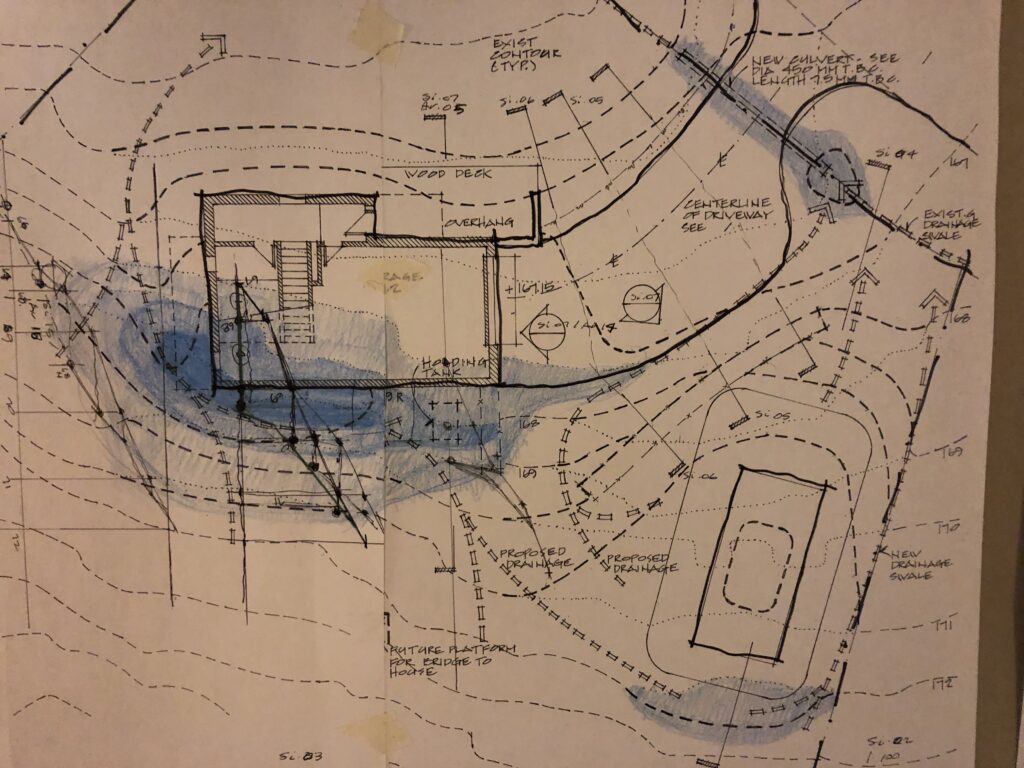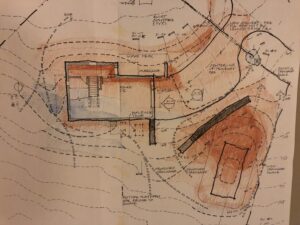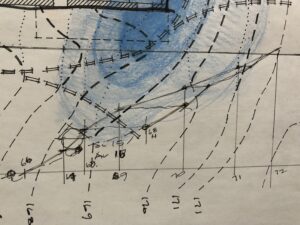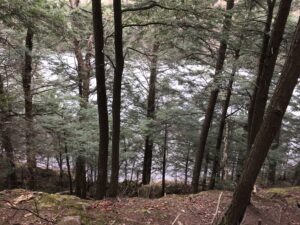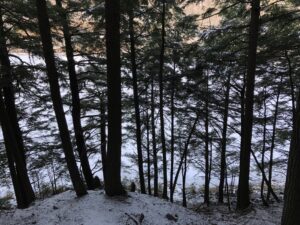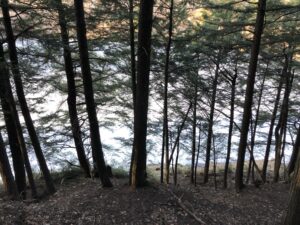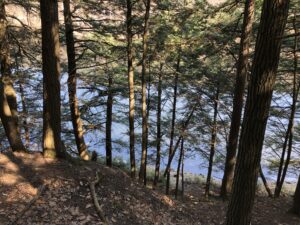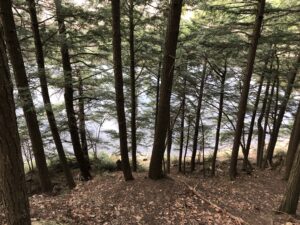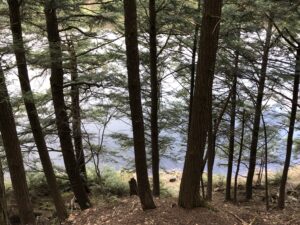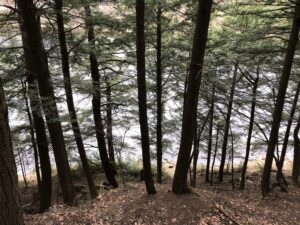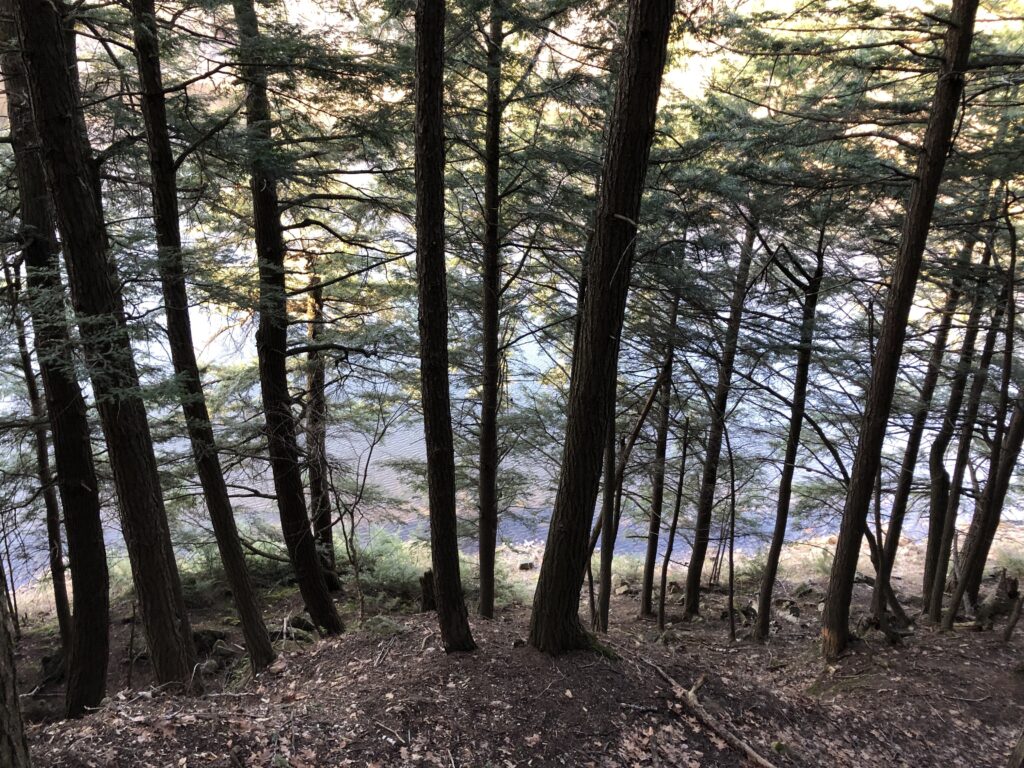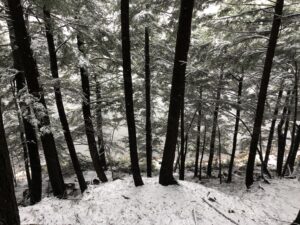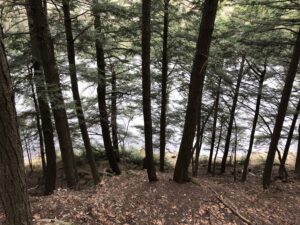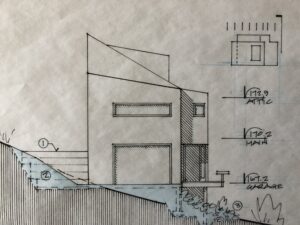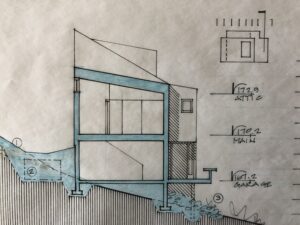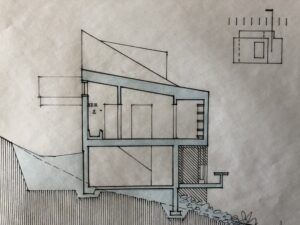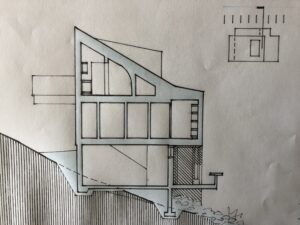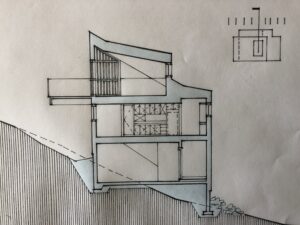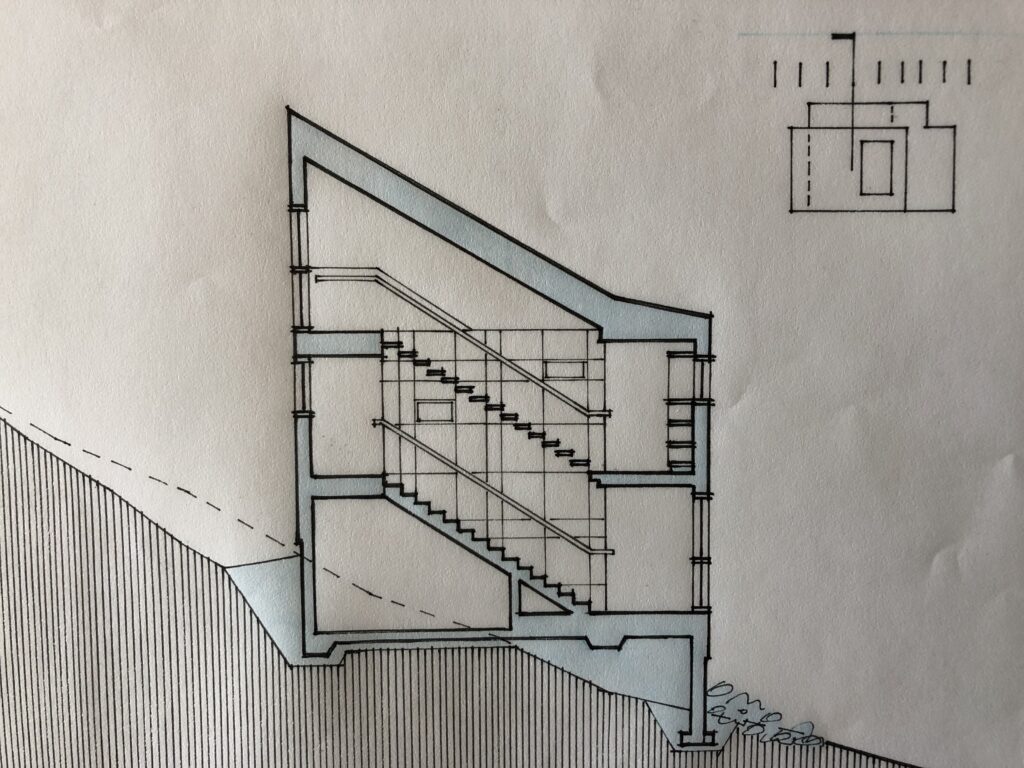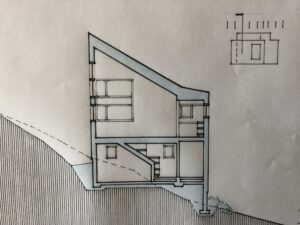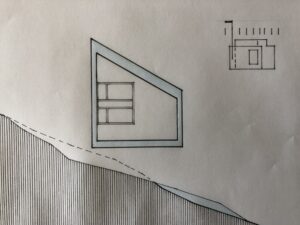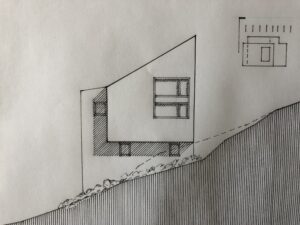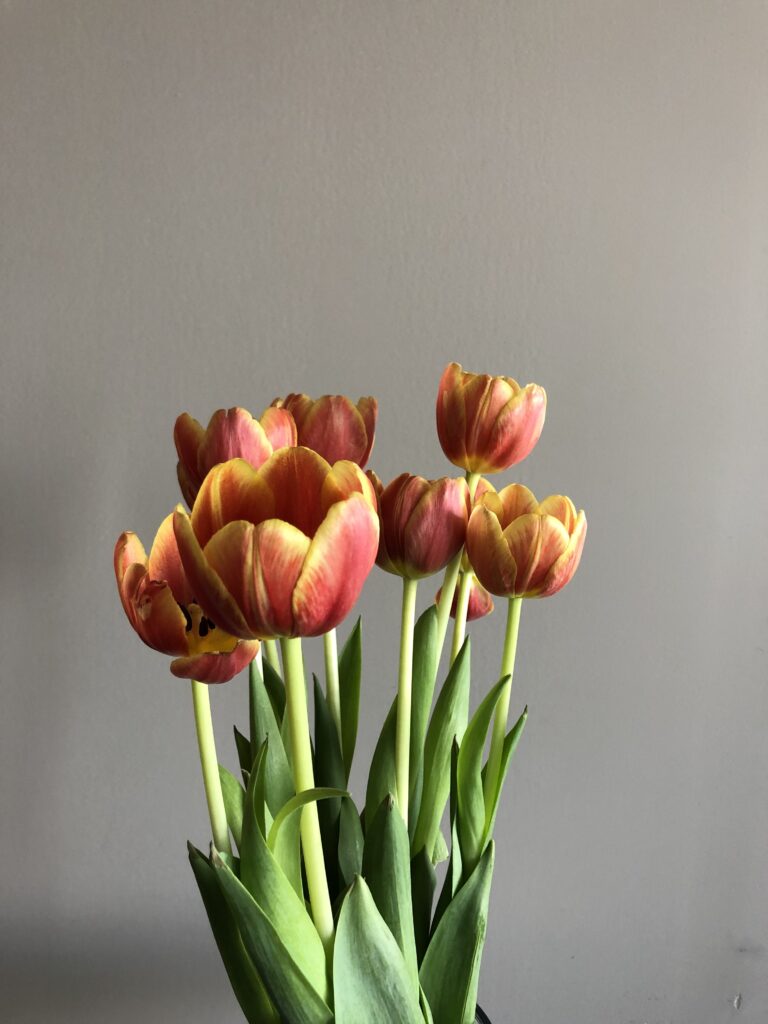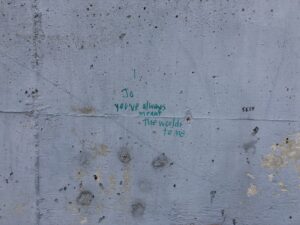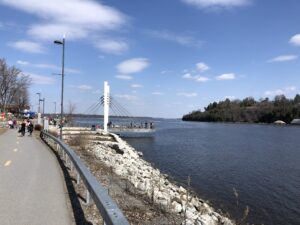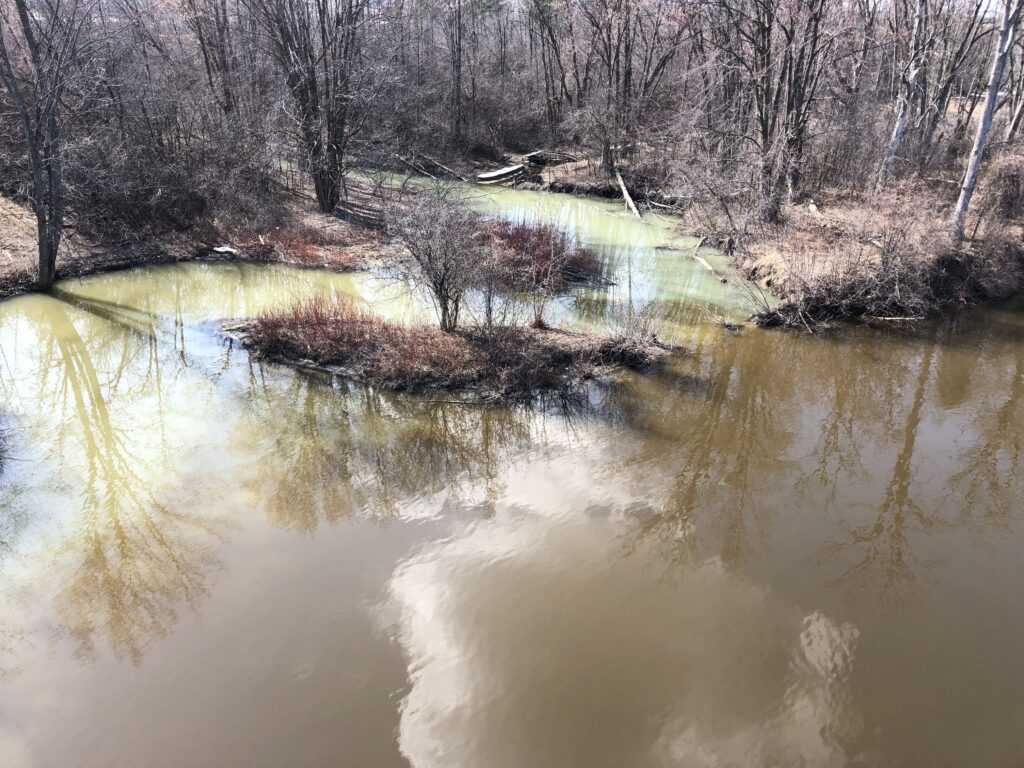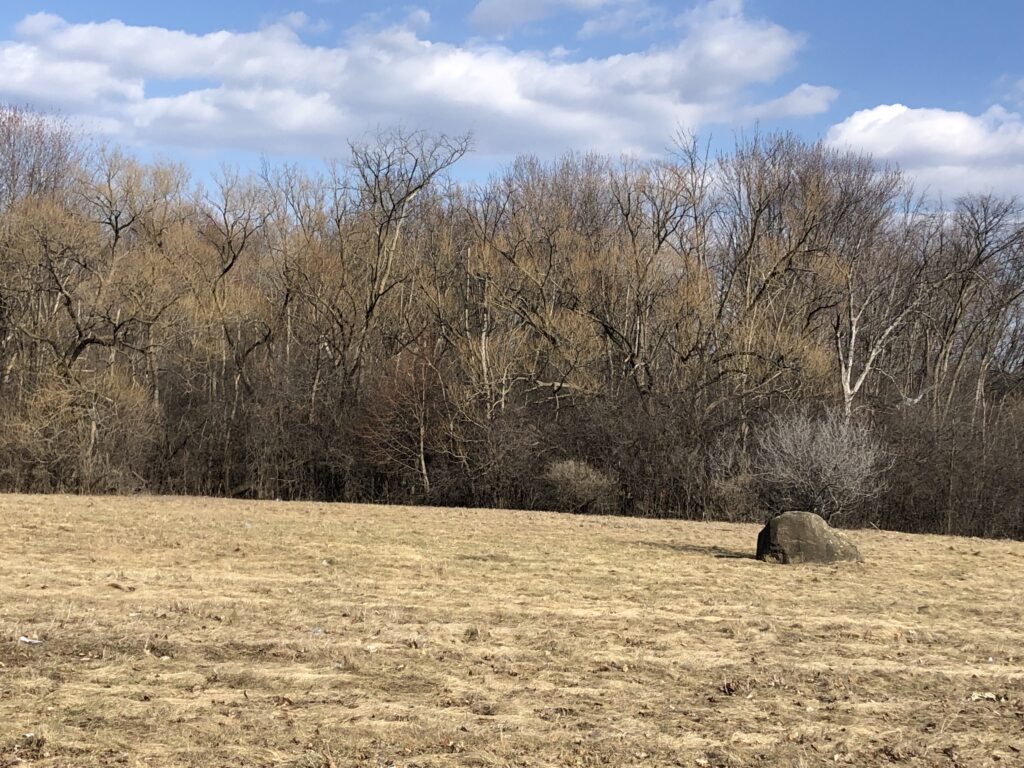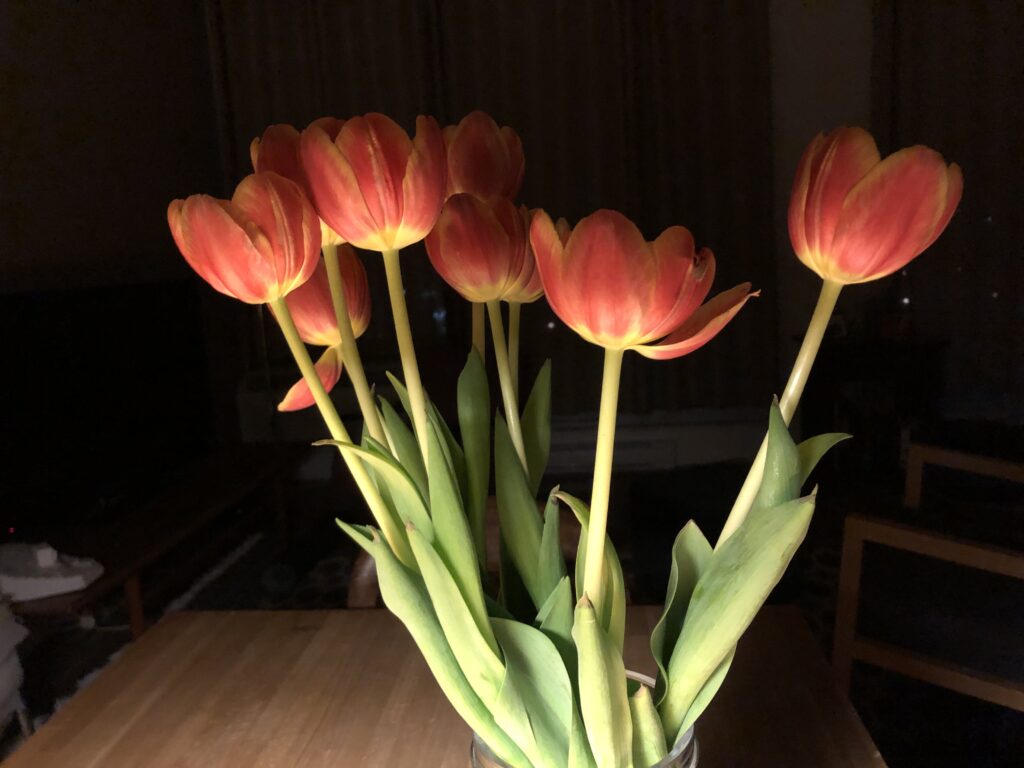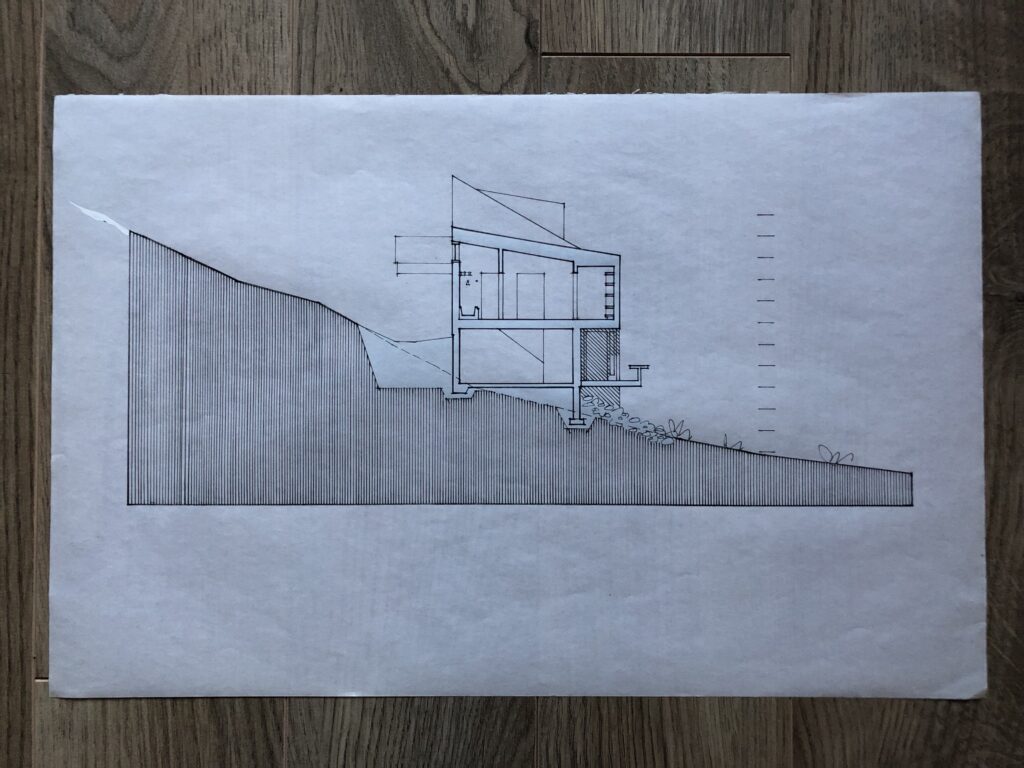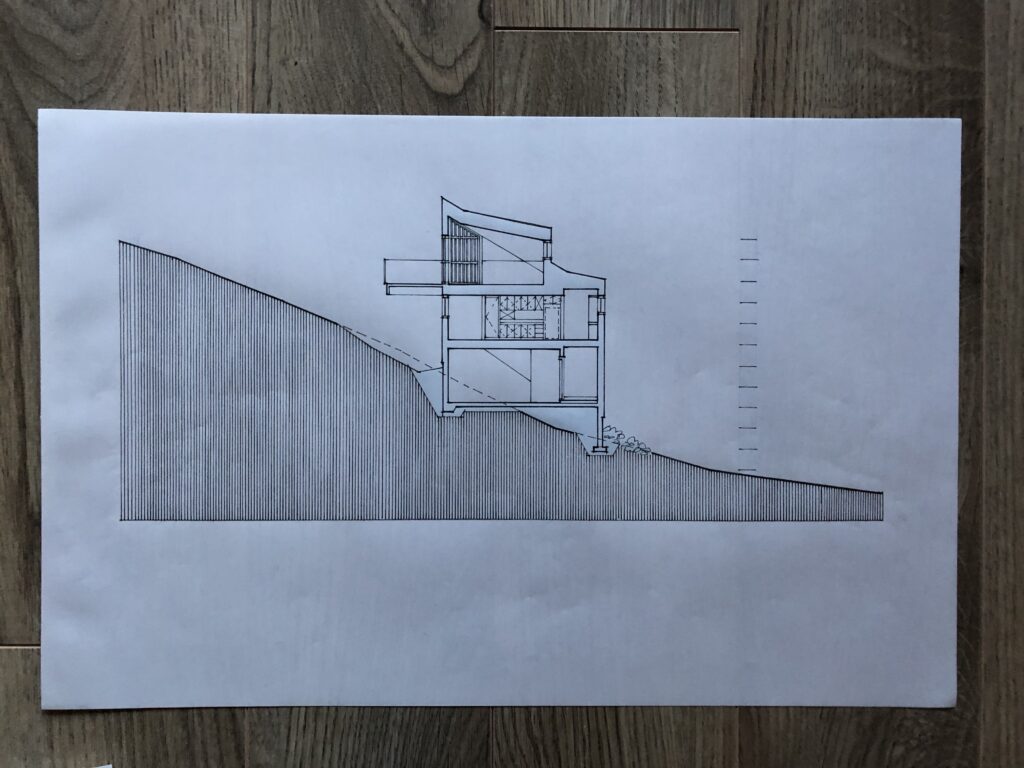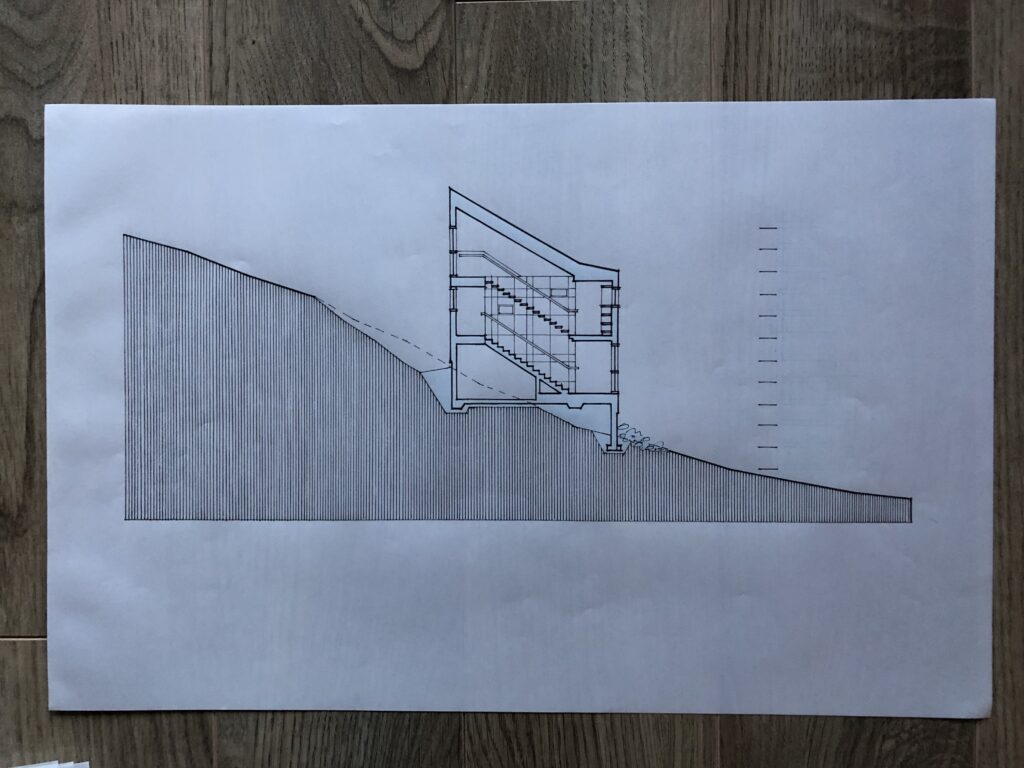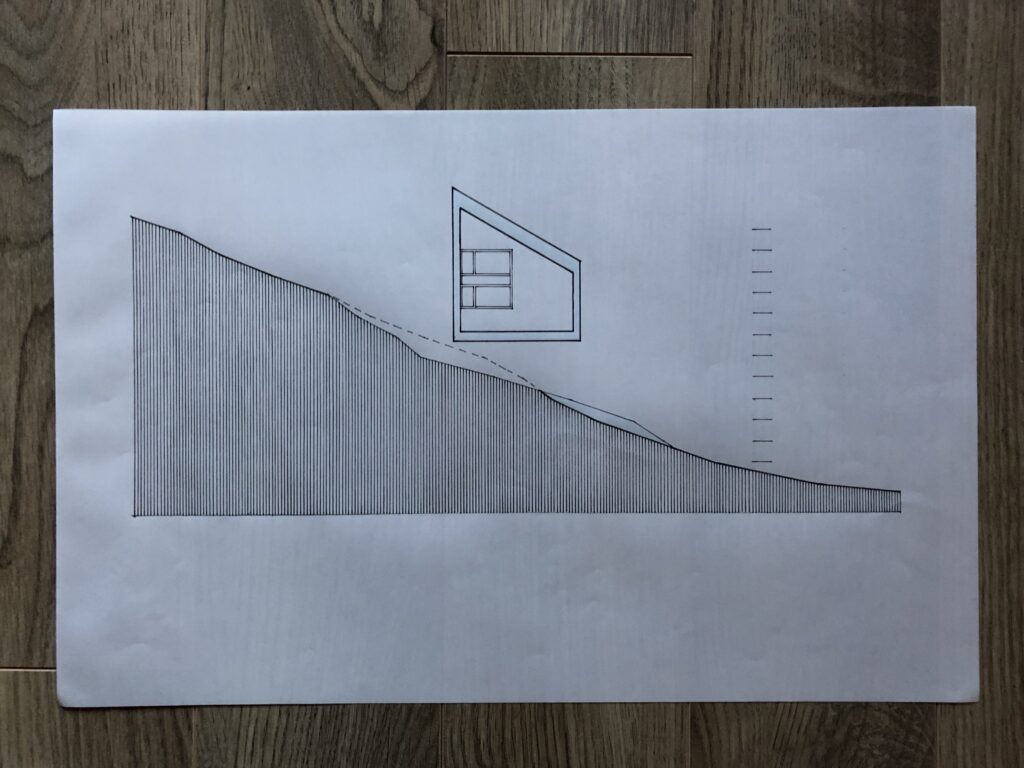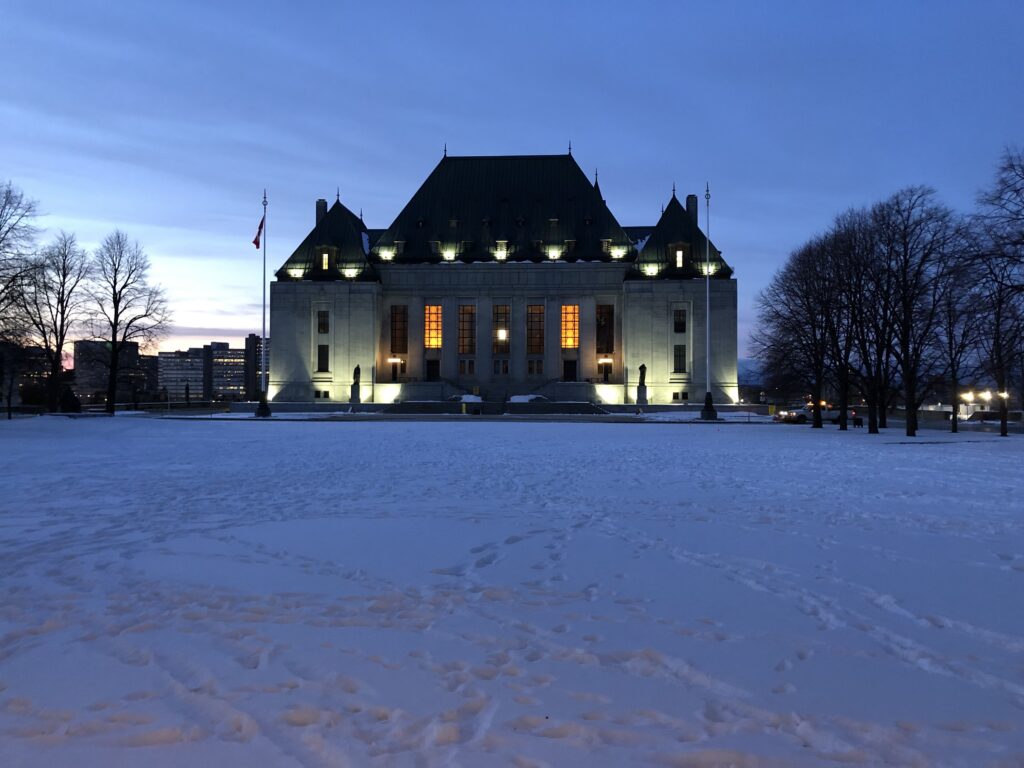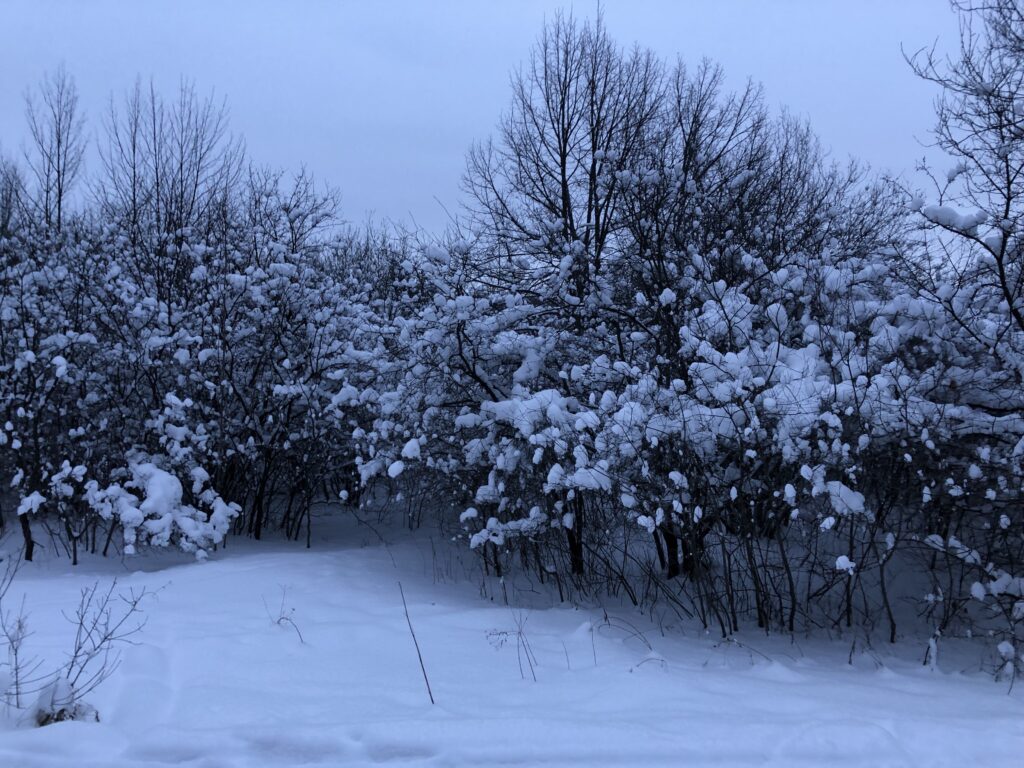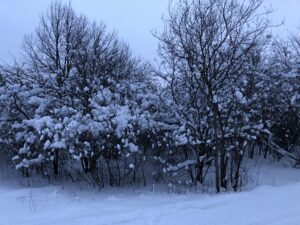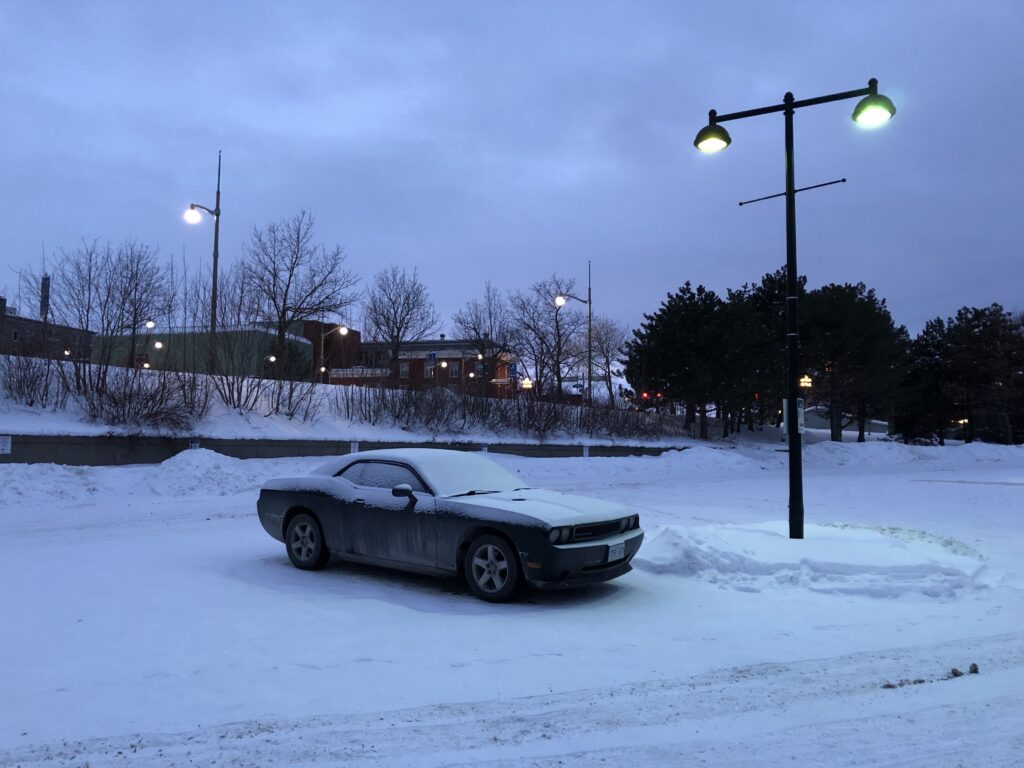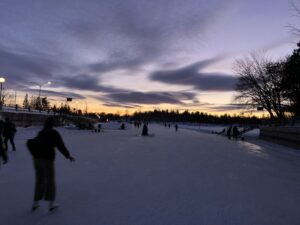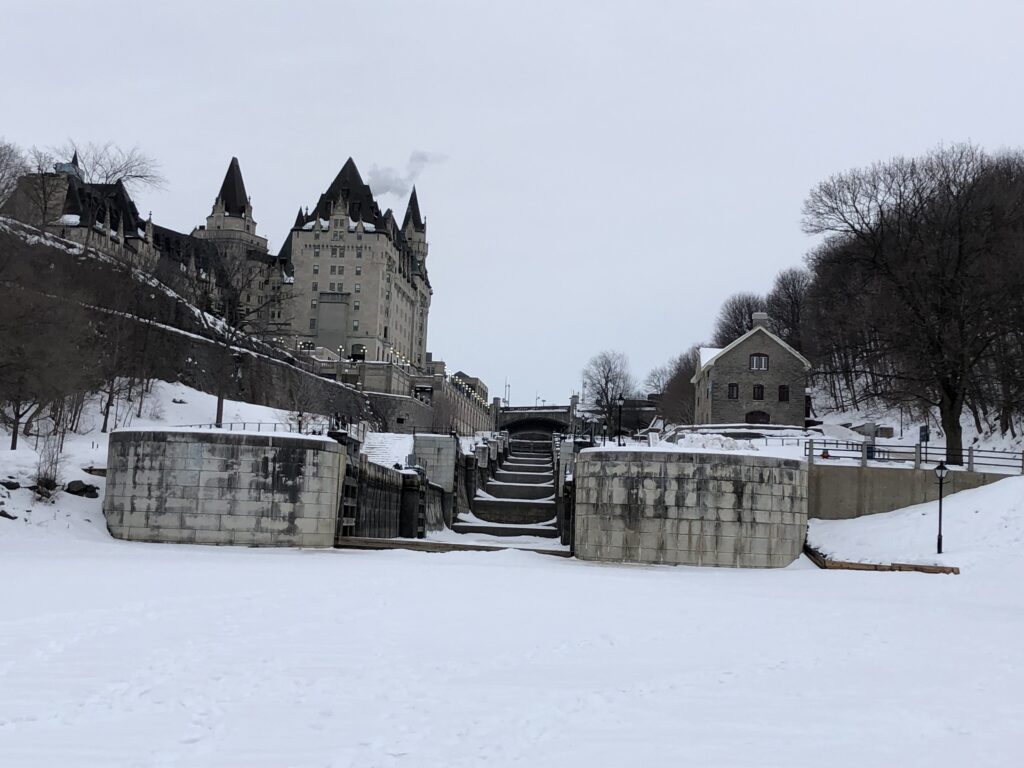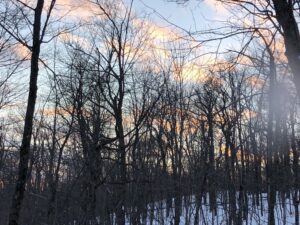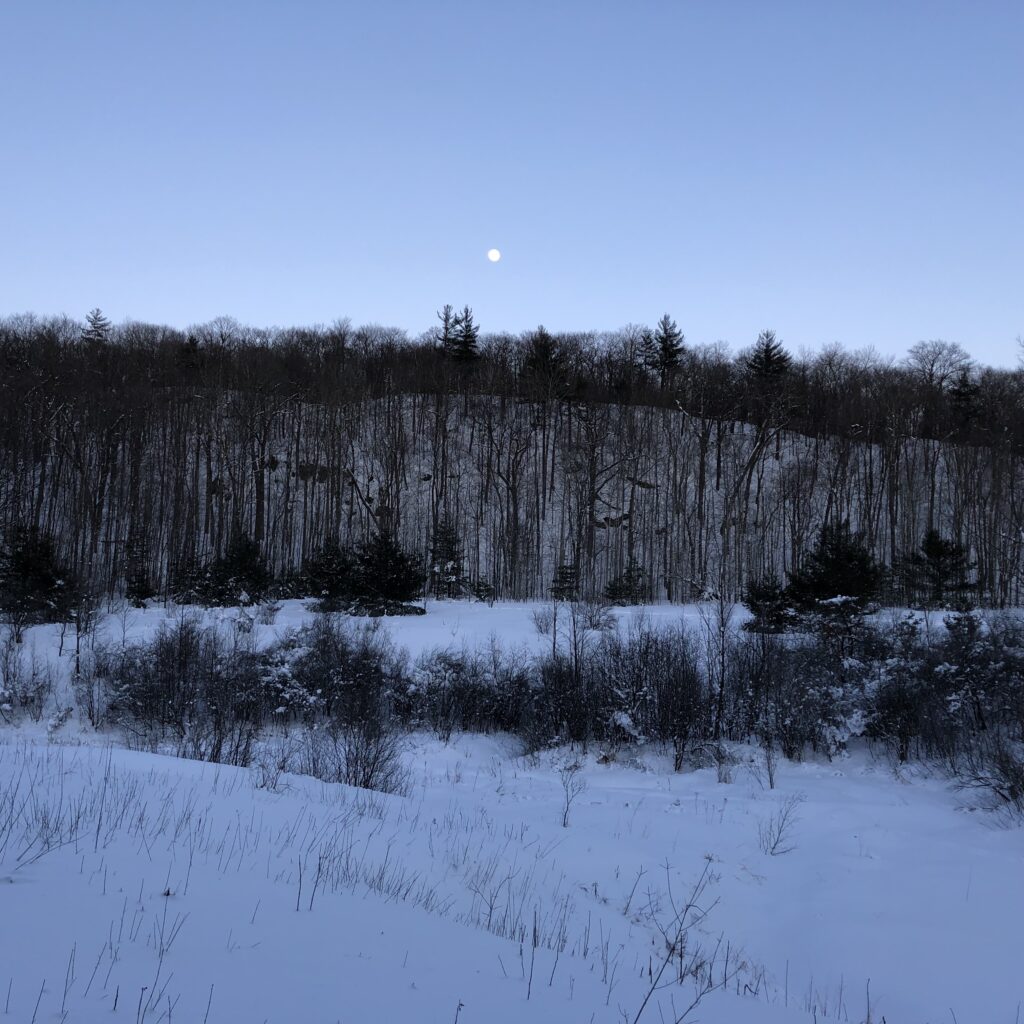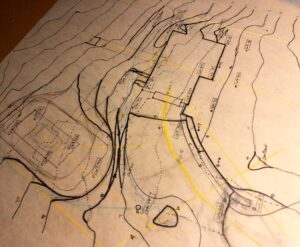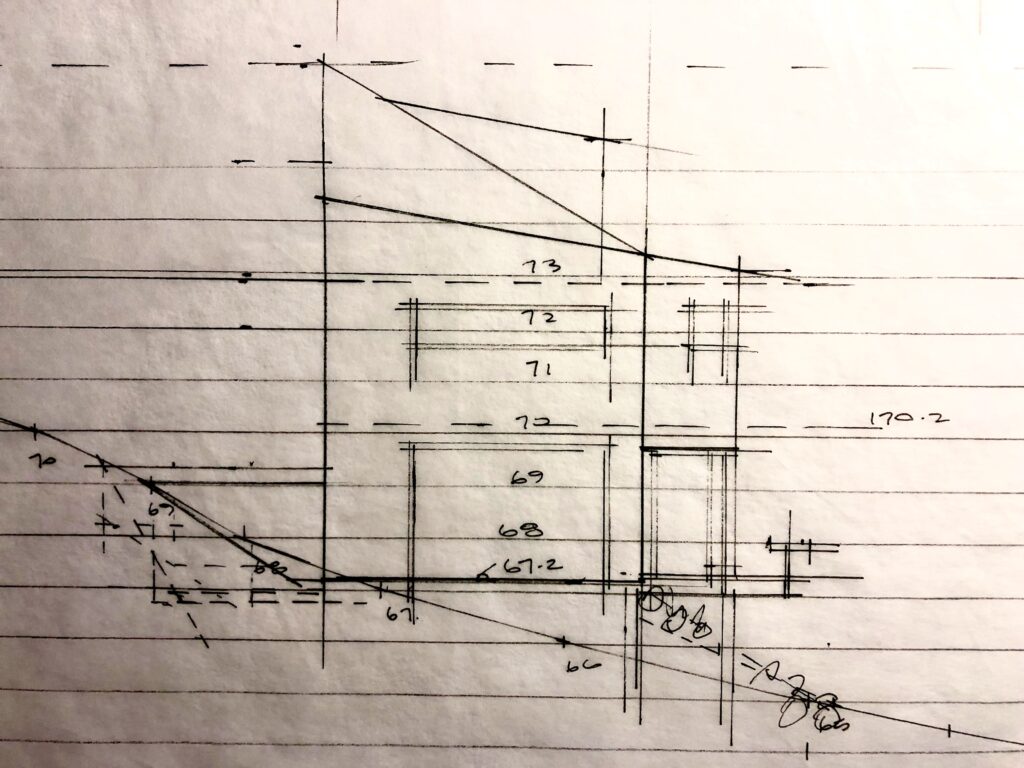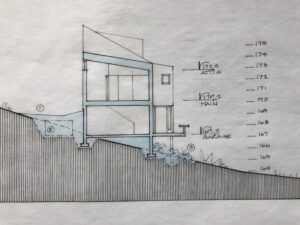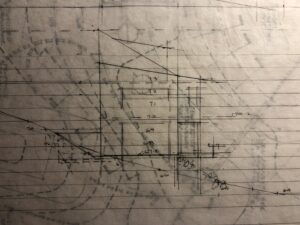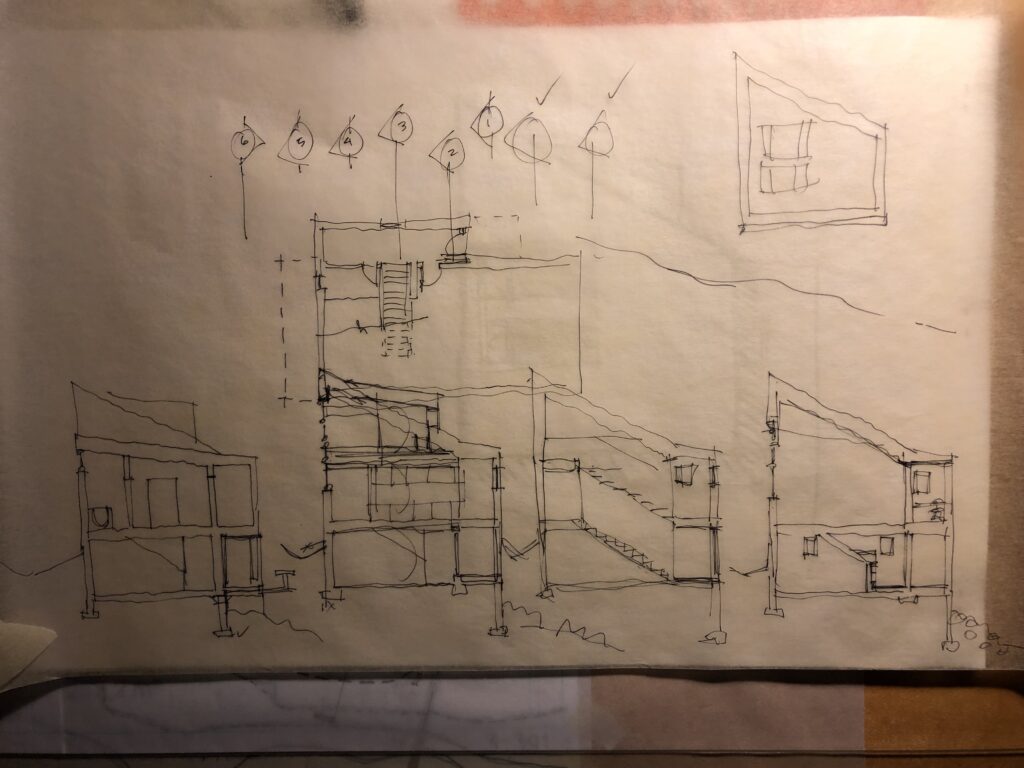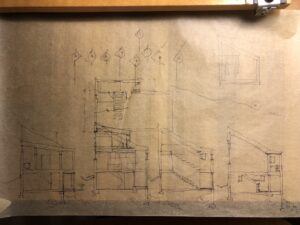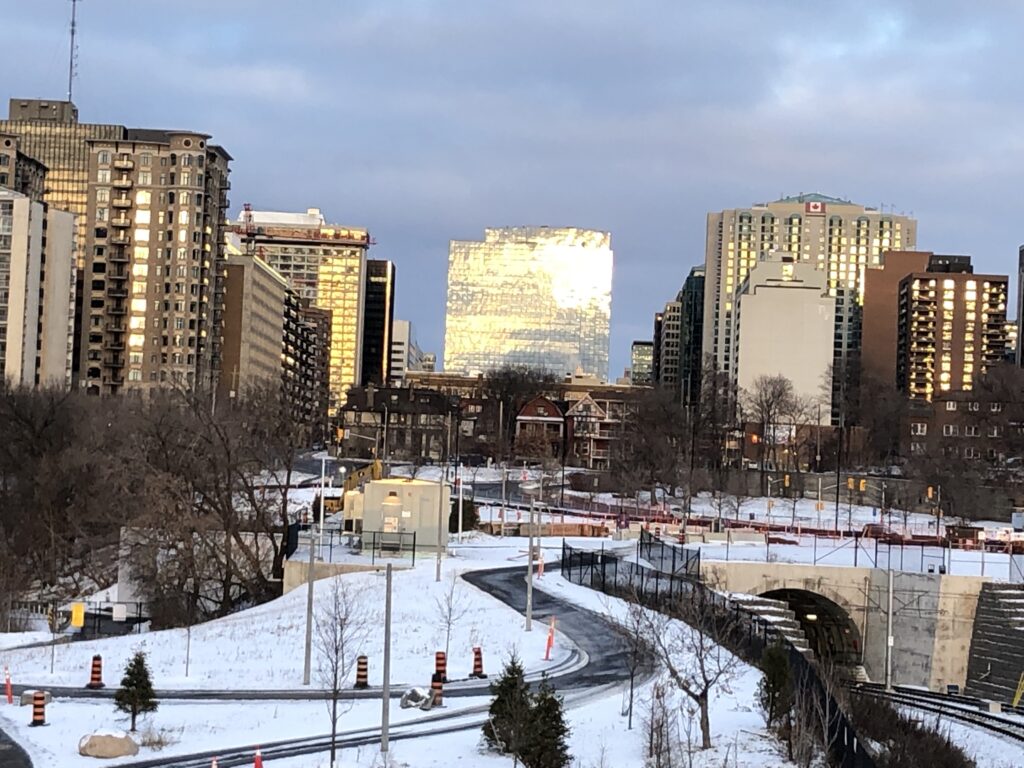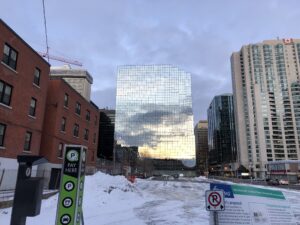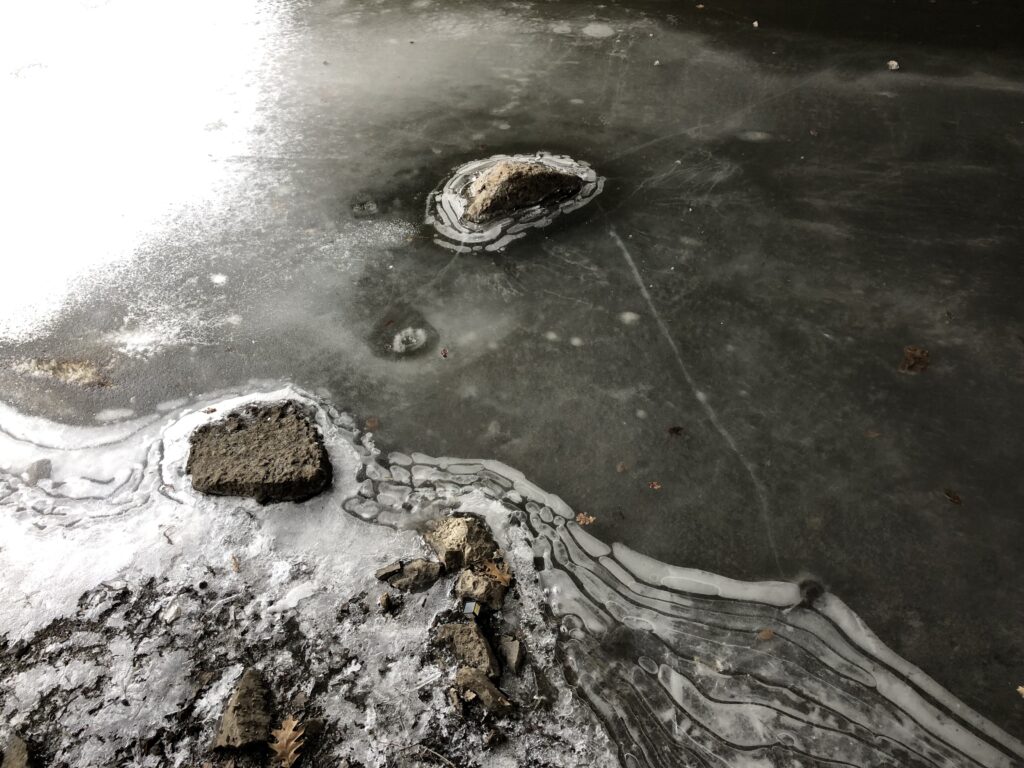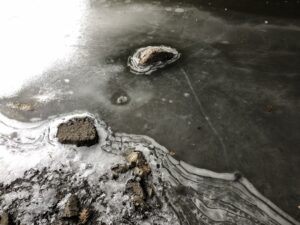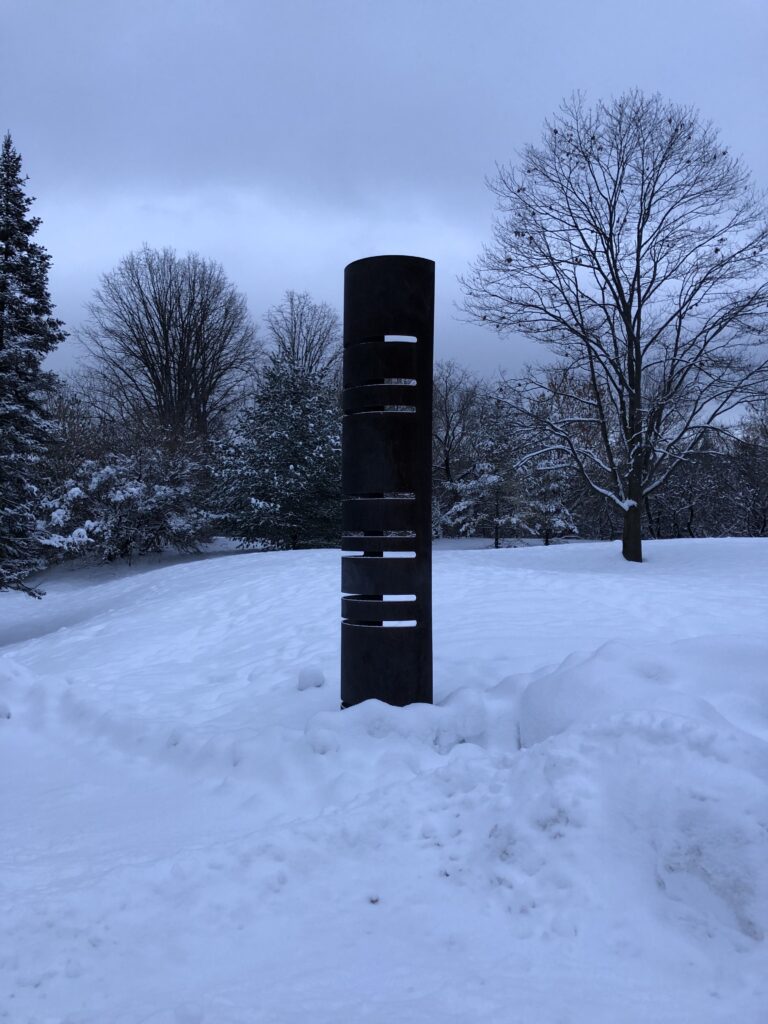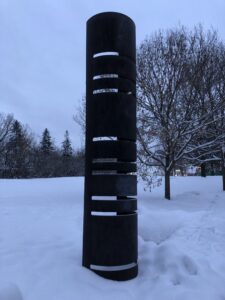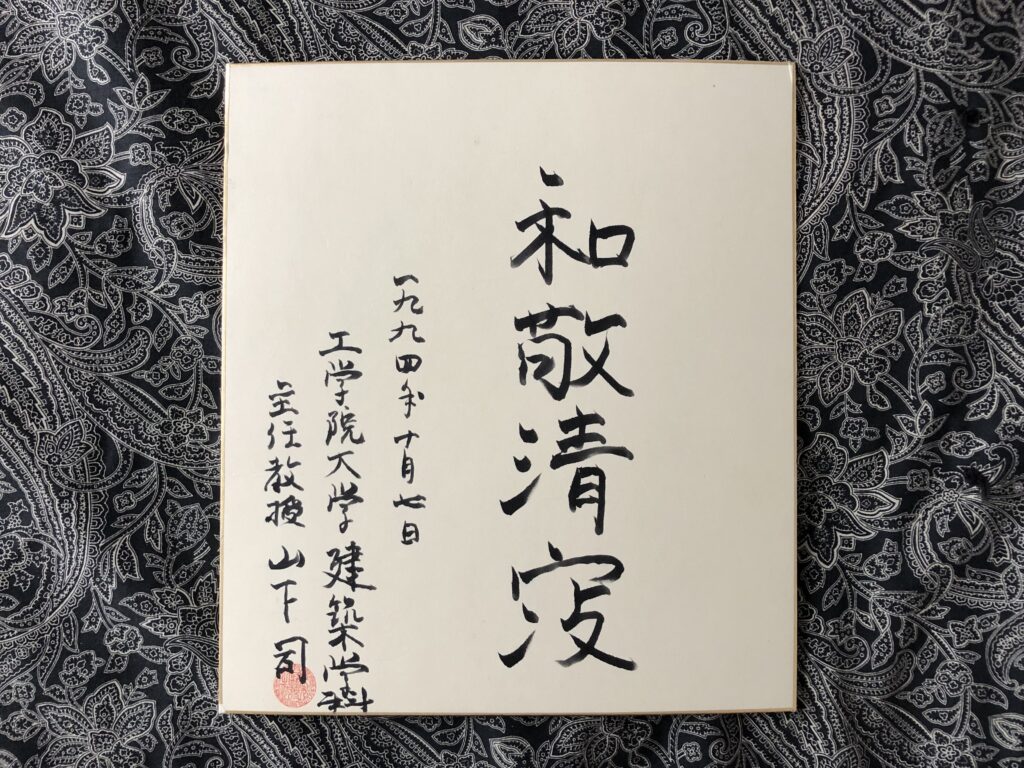
I received an email last week from a friend in Tokyo, Igarashi-san , who was a former Masters studio classmate of mine in the early 1990’s. The email subject line was ‘Professeur Yamashita died’. Yamashita-sensei was our studio lead at the Shinjuku campus of Kogakuin Daigaku. He died on December 2nd 2020 at the age of 86. While a student in his studio, he shared with me some simple architectural lessons that I still remember today. He was the first person to talk to me about ‘sustainability’. At the time, the word/concept was not used in an environmental and cultural sense, the way it is now. He said that I would be hearing much more about this in the future. He took an interest in what I was doing as well.
The panel in the photo above was a gift from Yamashita-sensei. I remember him doing the calligraphy in his office as I and a couple of other students watched. He may have made some explanation as he composed the image, but I have no clear recollection of this. This week I sent this photo to Igarashi-san and another former classmate, Ishikawa-san, and received the following responses. First from Igarashi-san:
Sen no Rikyu is said to be a four-word expression of the spirit of the tea ceremony.
和・・・”Wagokoro”: Matching hearts
“Wagokoro” means harmony, harmony, and Japanese music. A calm state where everything is in harmony. It means relaxing, opening up and getting along with each other.
敬・・・”Respect”: Respect each other
“Respect” is to humbly respect the other person. Humans are selfish creatures. So you need to be conscious and refrain from yourself.
清・・・”Qing”: Being pure
“Qing” means that the mind is pure, but it also means that the tools and tea room are always kept clean. If you compare it with something around you, it means that “a clean toilet makes your heart clean.” Please note that it is easy to mistake it for “quiet”.
寂・・・”Lonely”: Being a lonely beauty
“Lonely” is silence. It represents a quiet and unmoving heart.
It seems that these four things were the core spirit of the tea ceremony.
If you try to convey it in simple words, it seems that you can get along with anyone as long as you have a solid core that doesn’t move and respect the other person.
And then the response from Ishikawa-san:
I answer about “和敬清寂”
my wife told me about it
because it is words of the tea ceremony, and she learns the tea ceremony
It is the words that Sen no Rikyu who is a master of tea ceremony said the “和敬清寂”
千利休 Sen no Rikyu (1522-1591).
All the Japanese know Sen no Rikyu.He is a historical great man.
“和敬清寂”
It is the knowledge of the tea ceremony that “regards harmony as important in all with anyone peacefully, and respects it each other, and reaches everything being clean heartily, the heart to be thereby calm, and not to be shaken at any time”
和(wa):peace and harmony
敬 (kei):respect
清(sei):purity
寂(jaku):tranquility
I do not know whether Prf.Yamashita learned it from a teacher of the tea ceremony
*****
